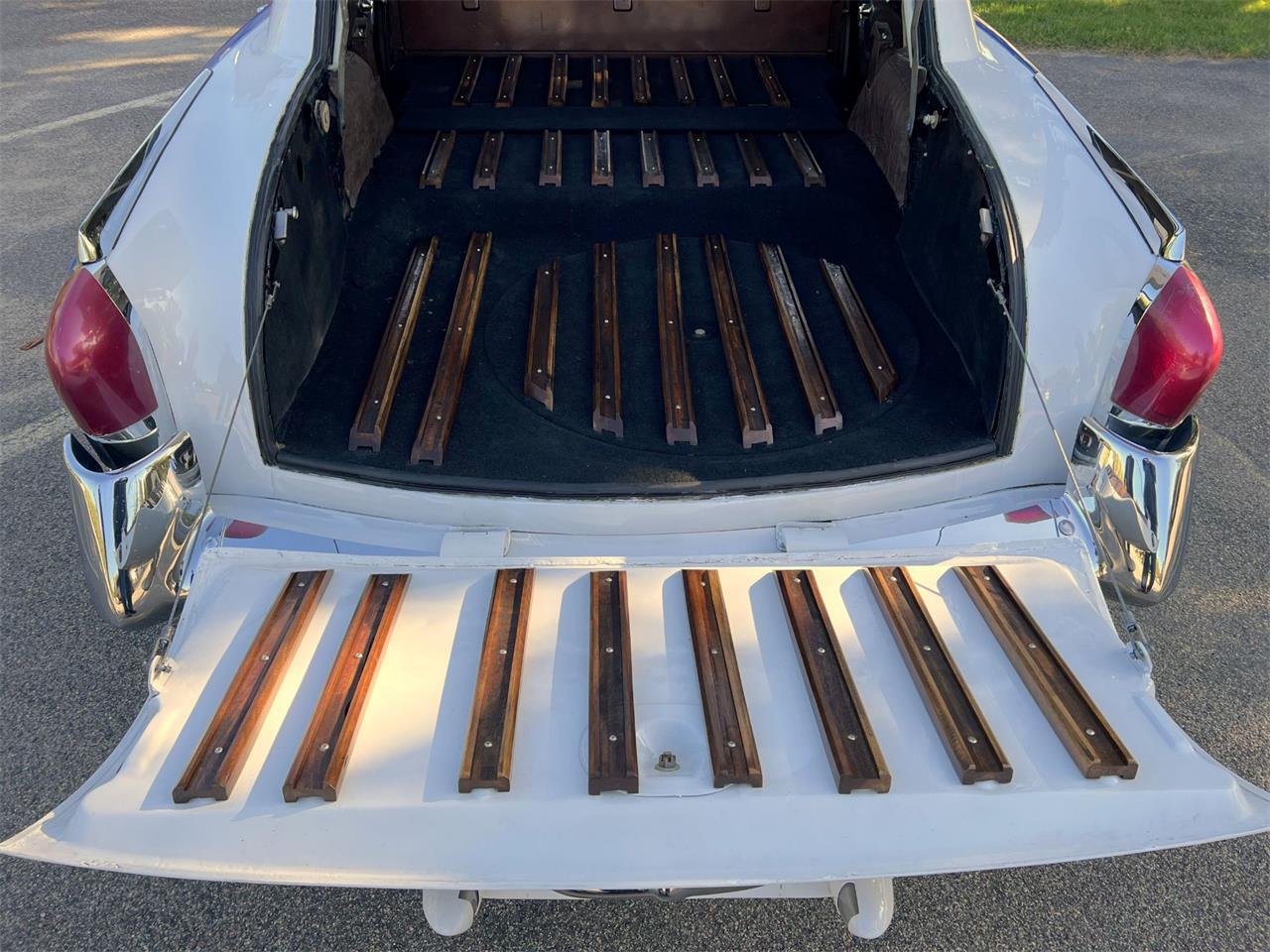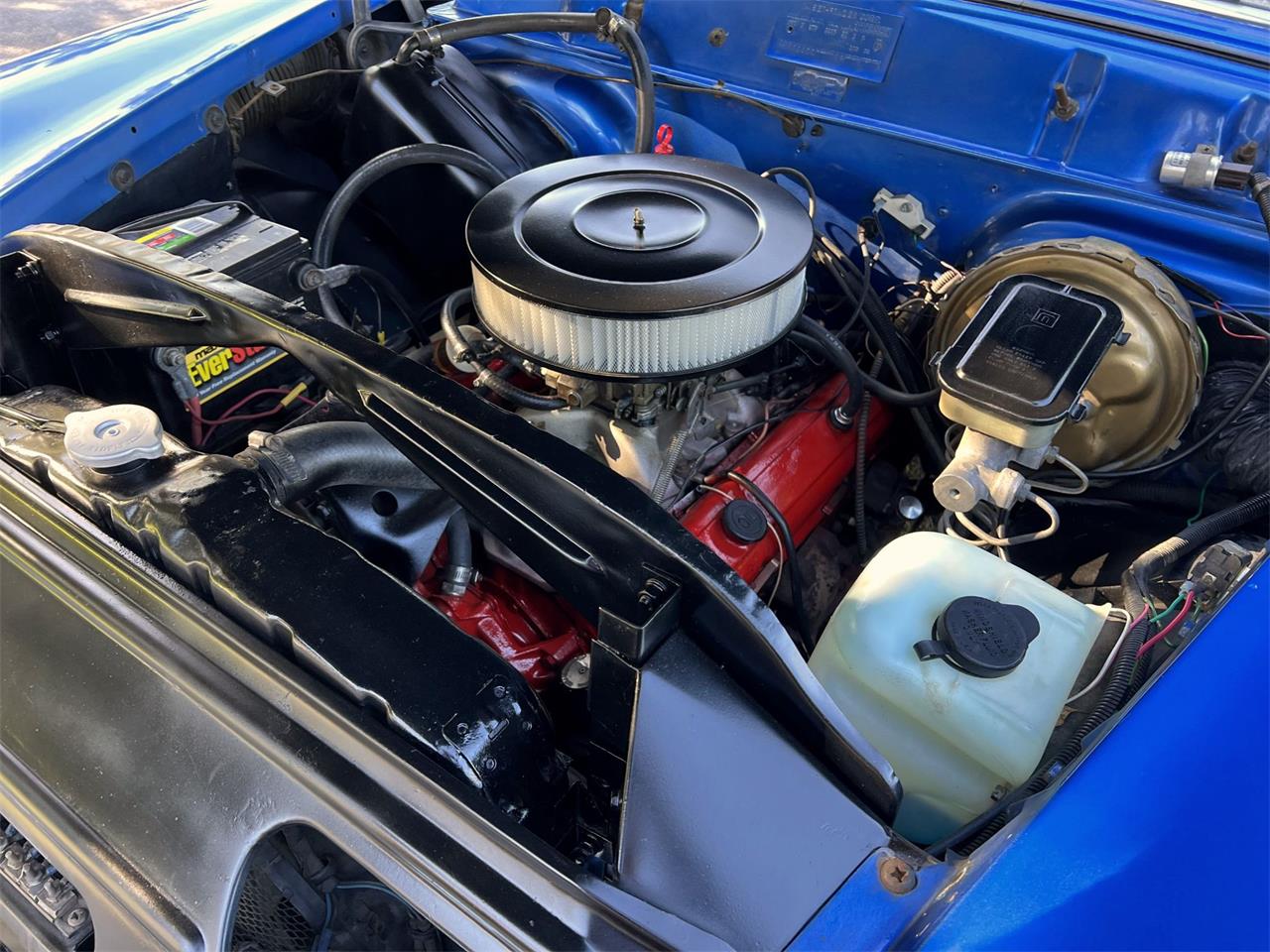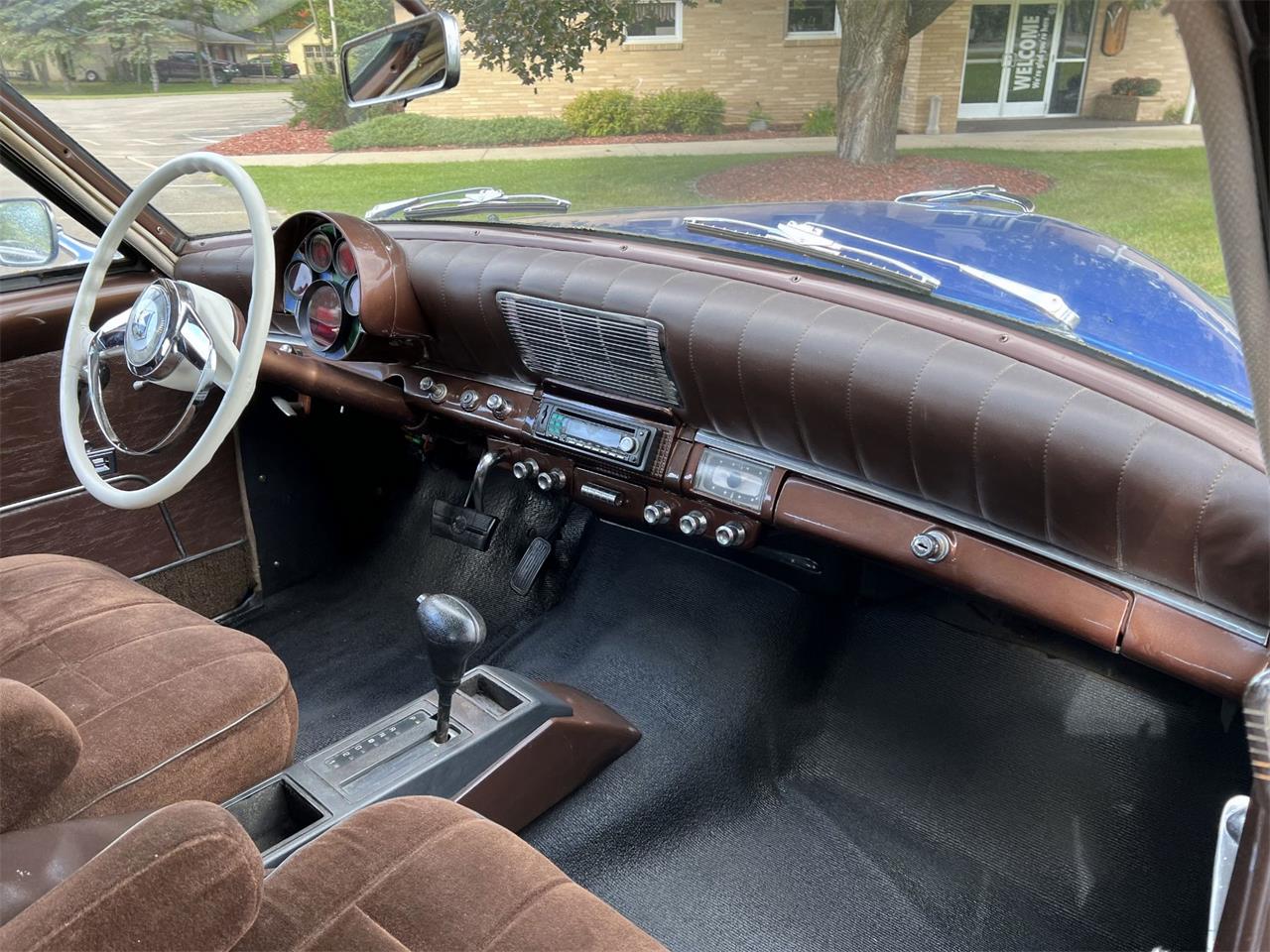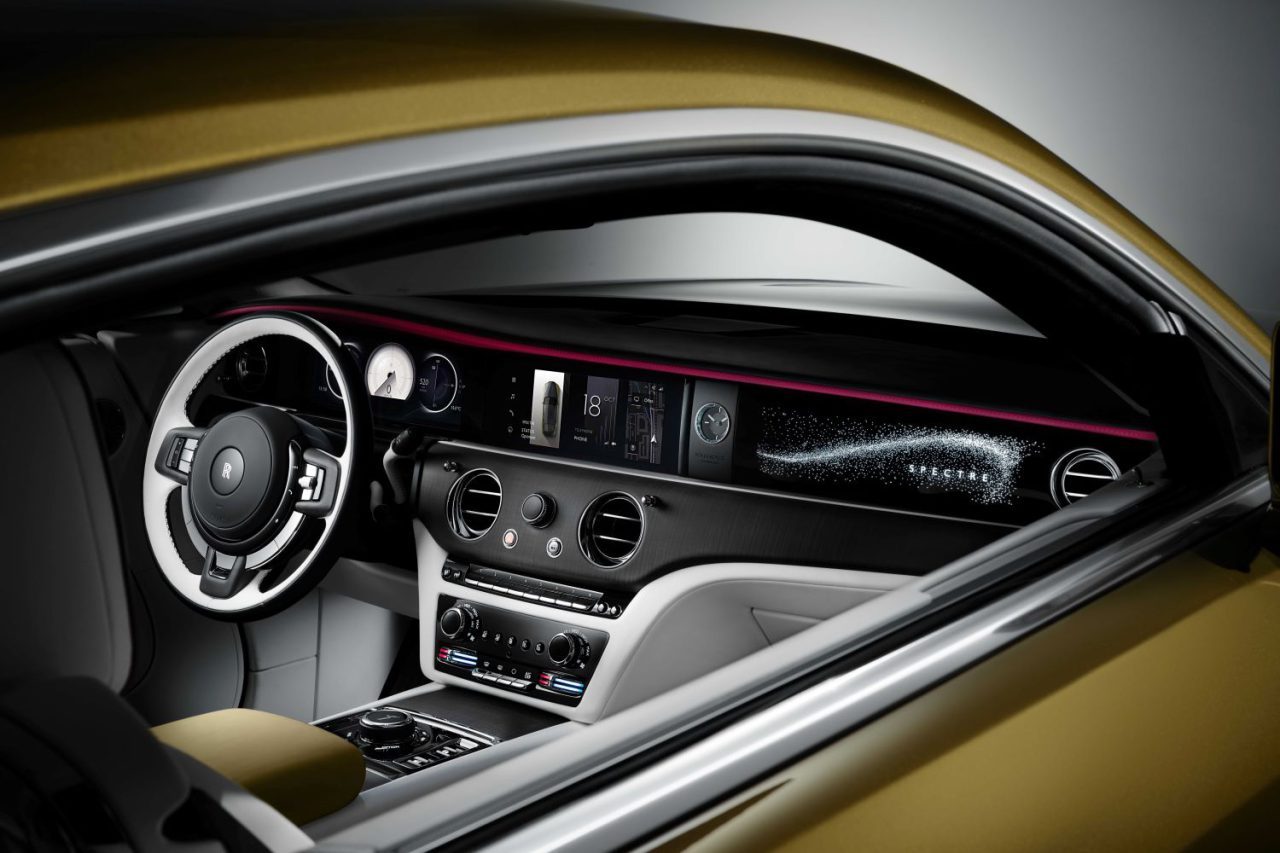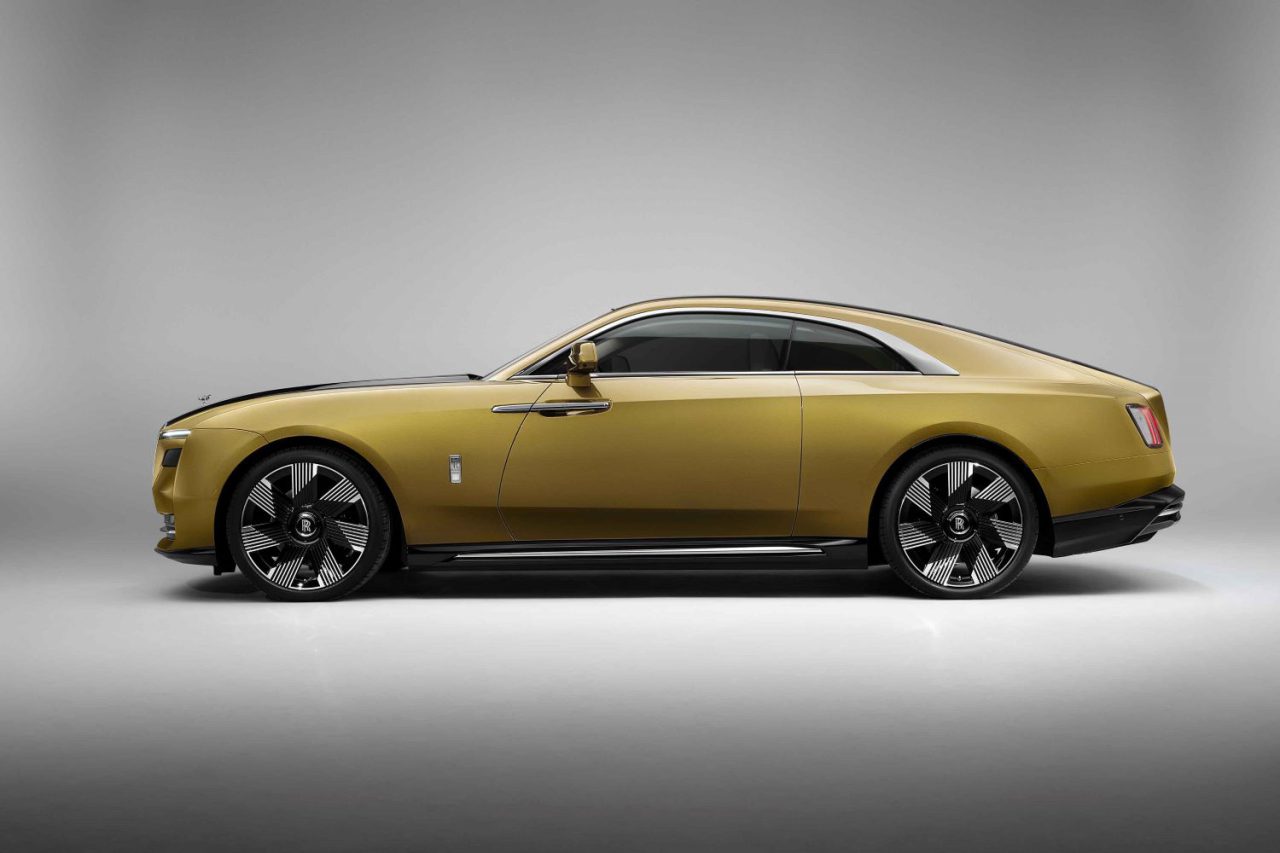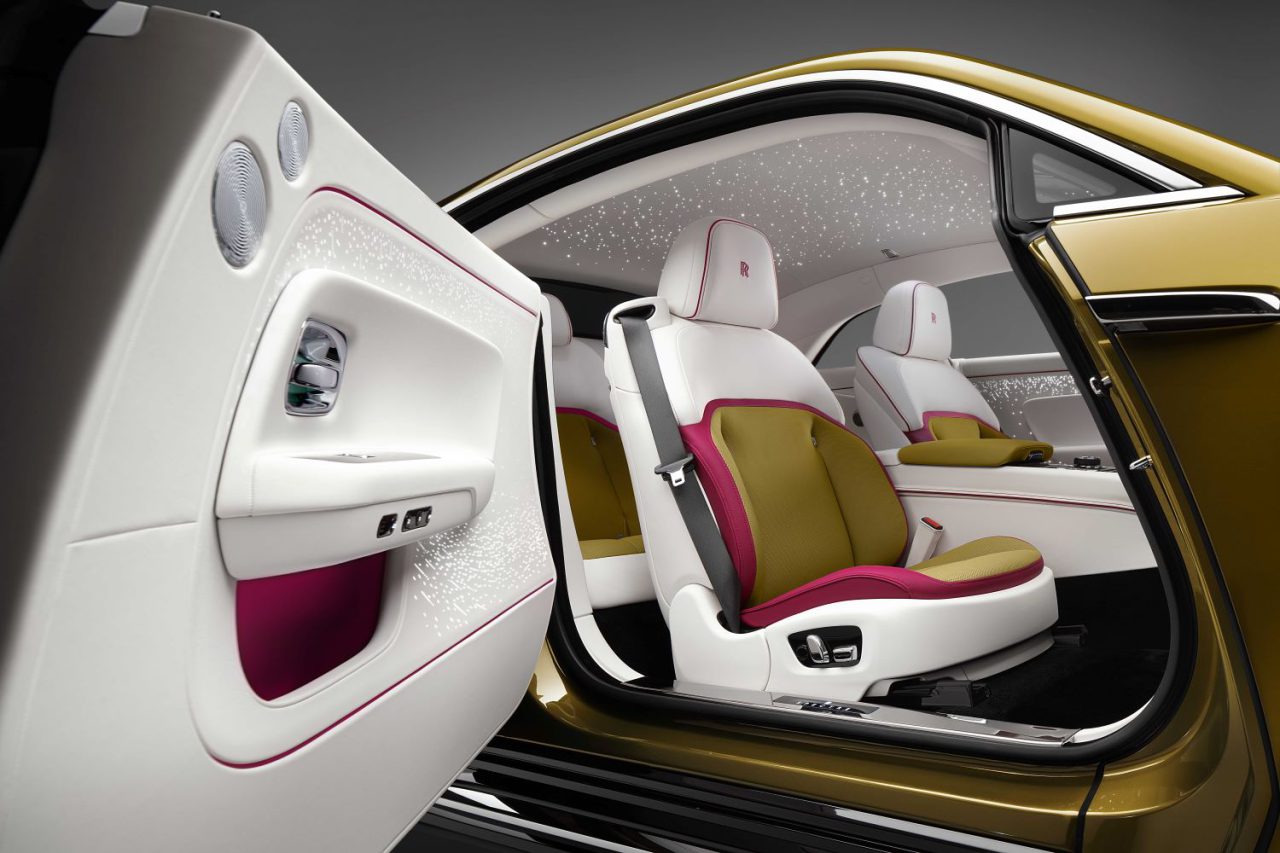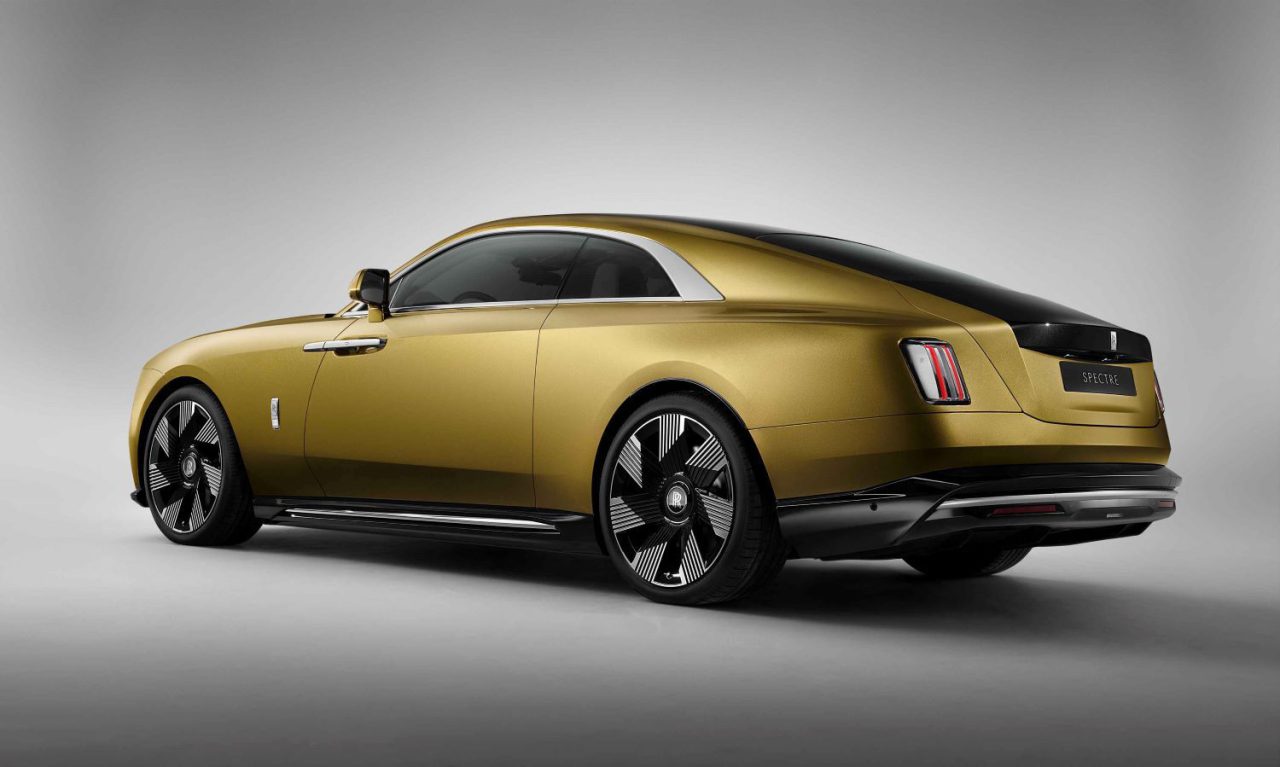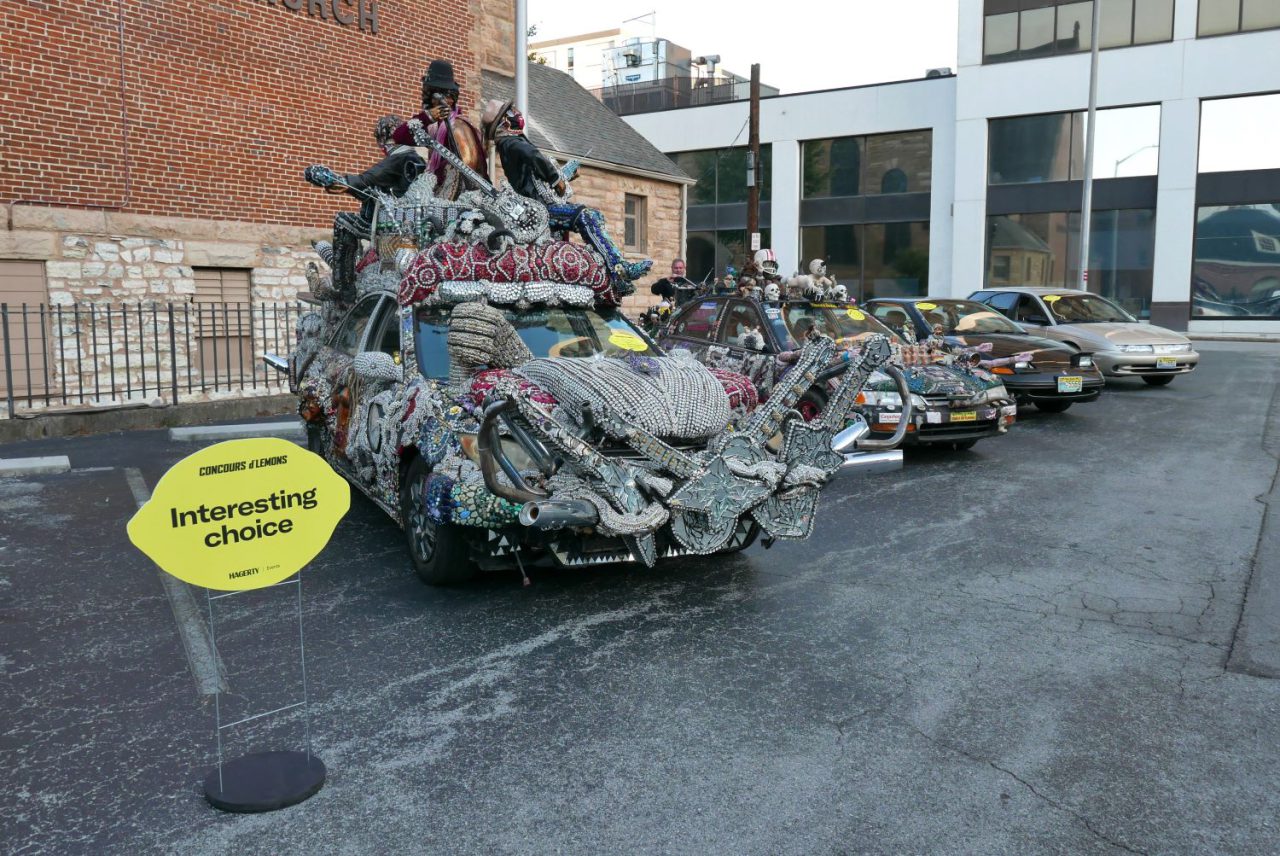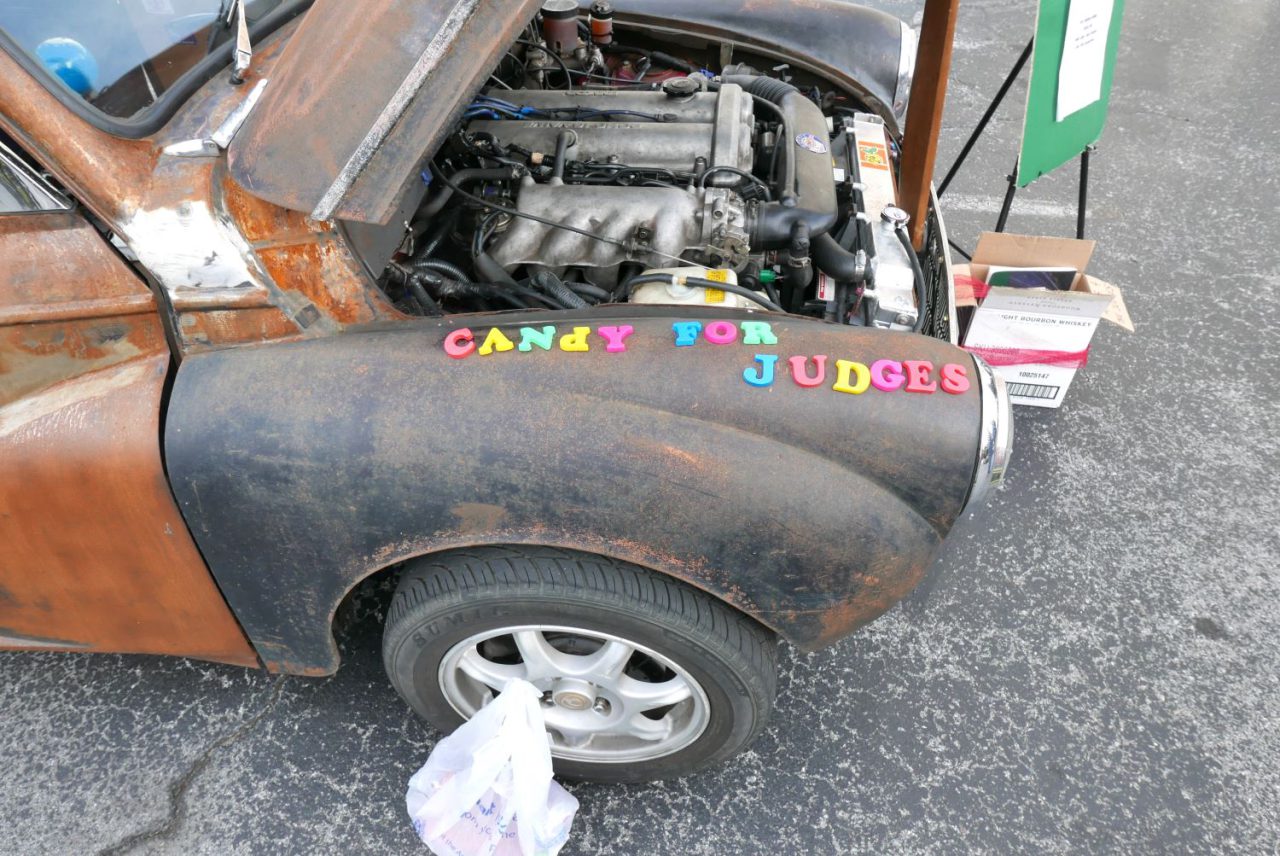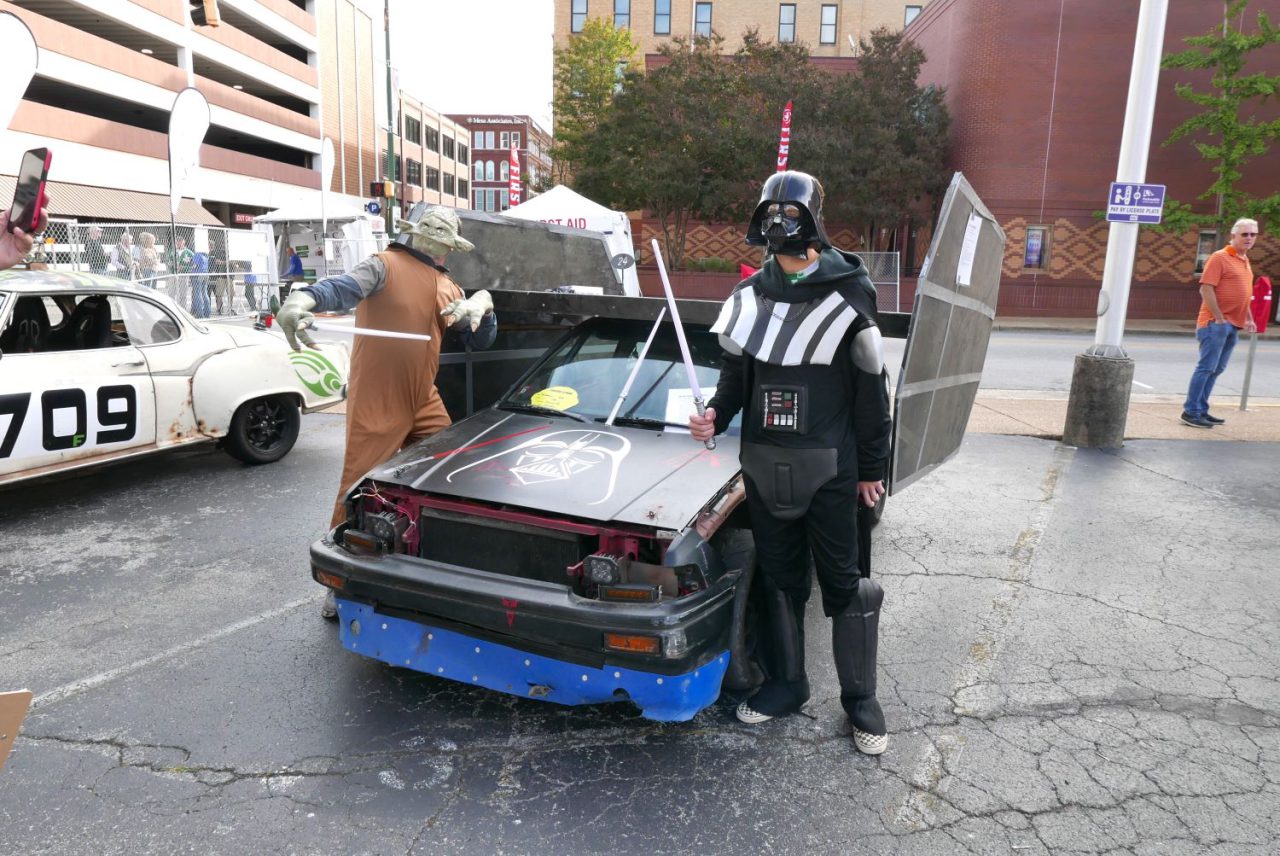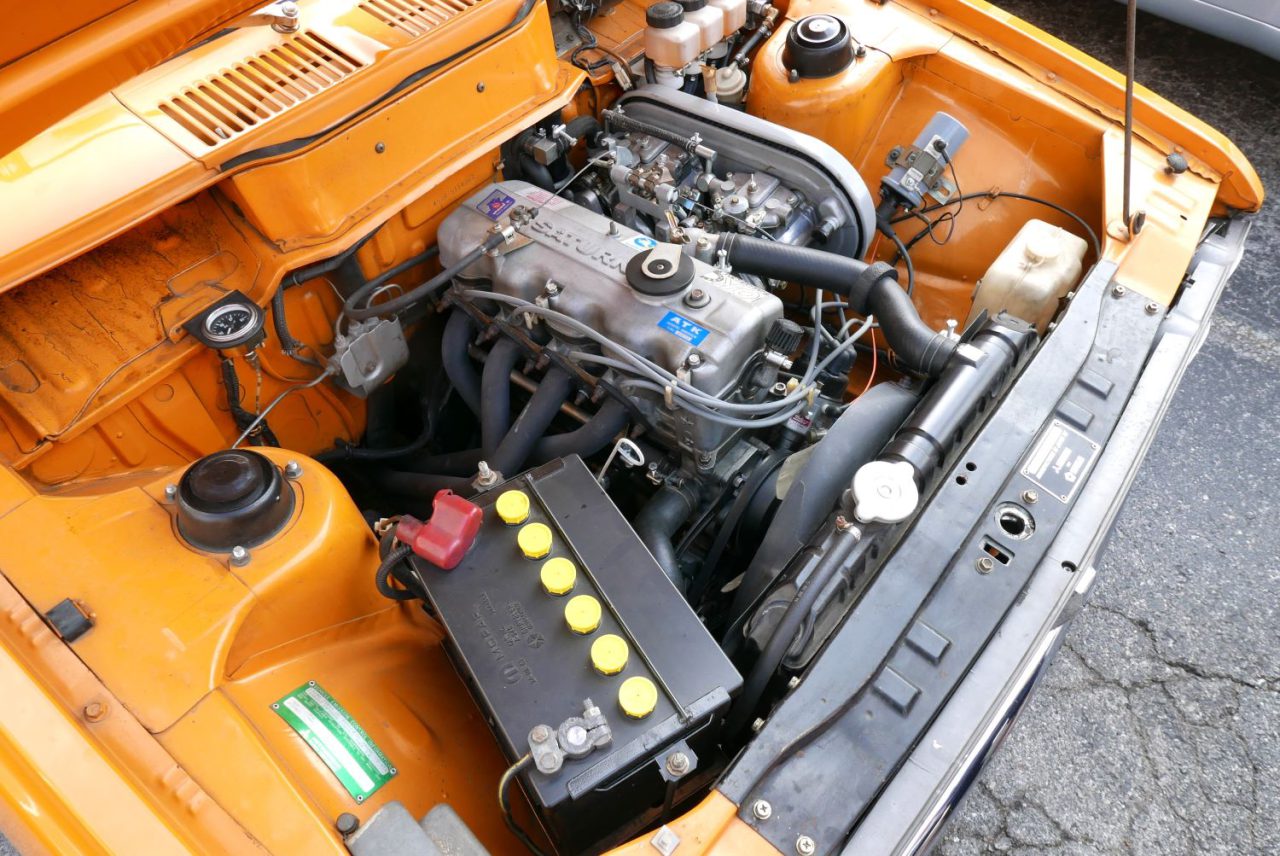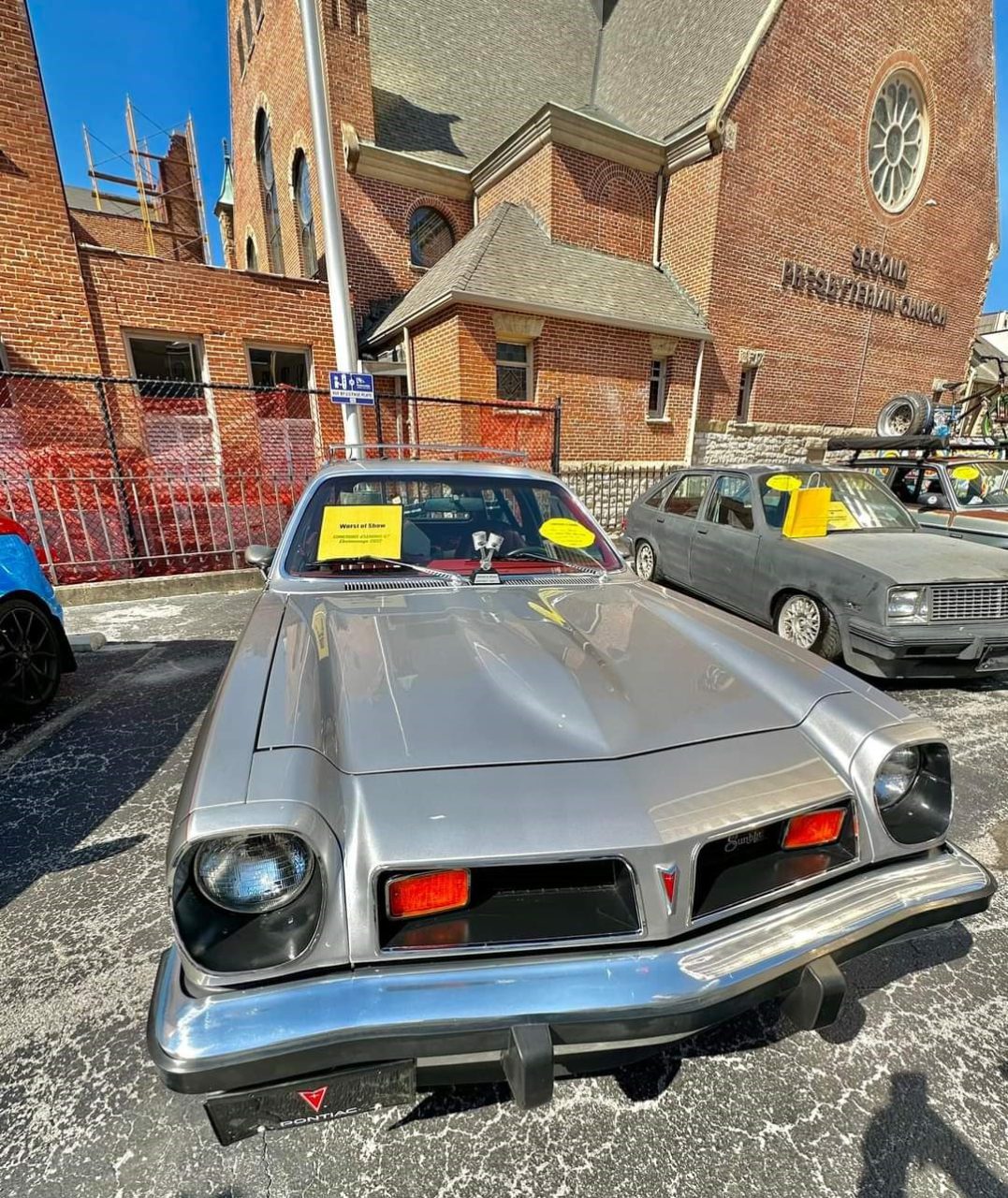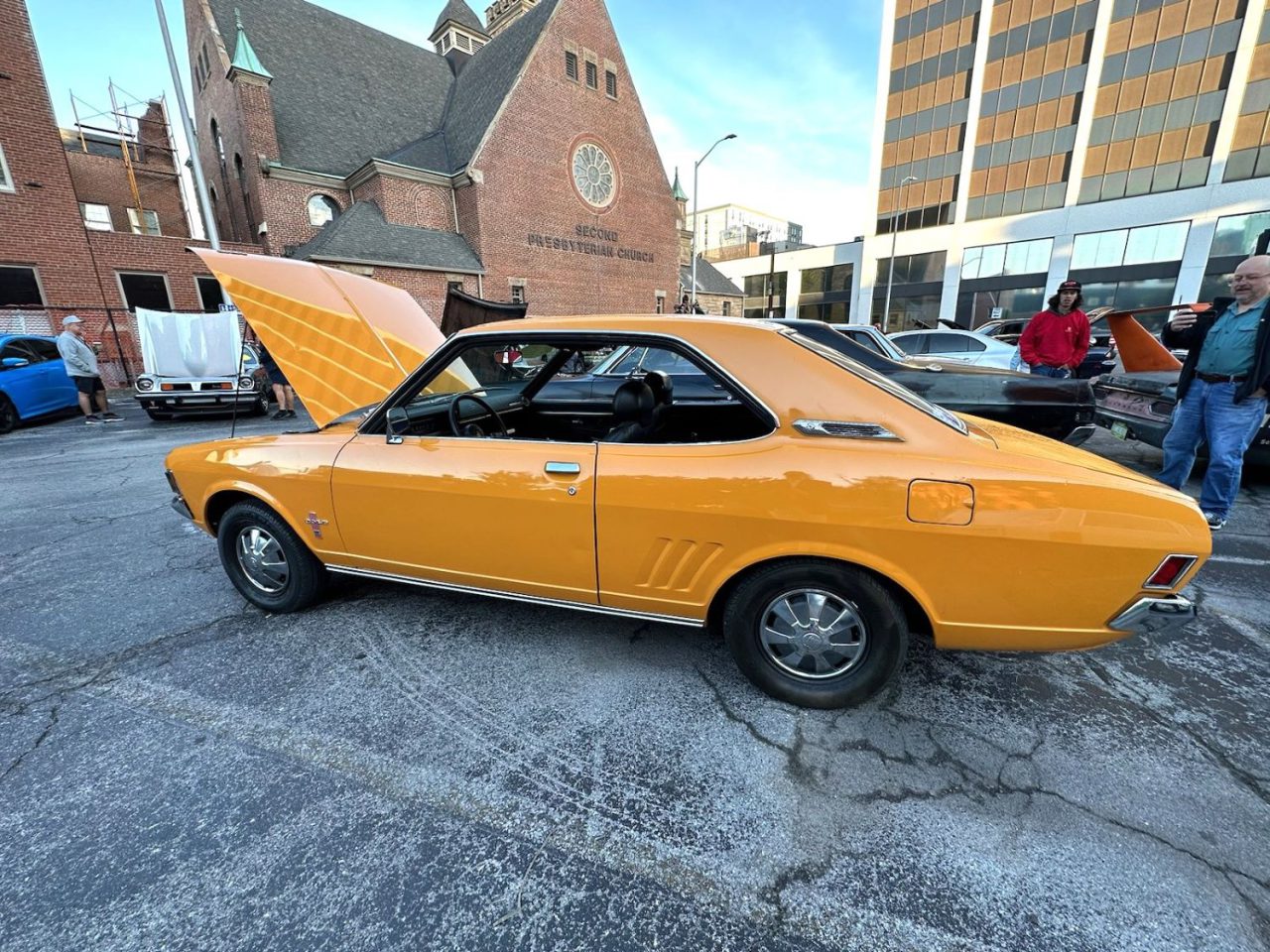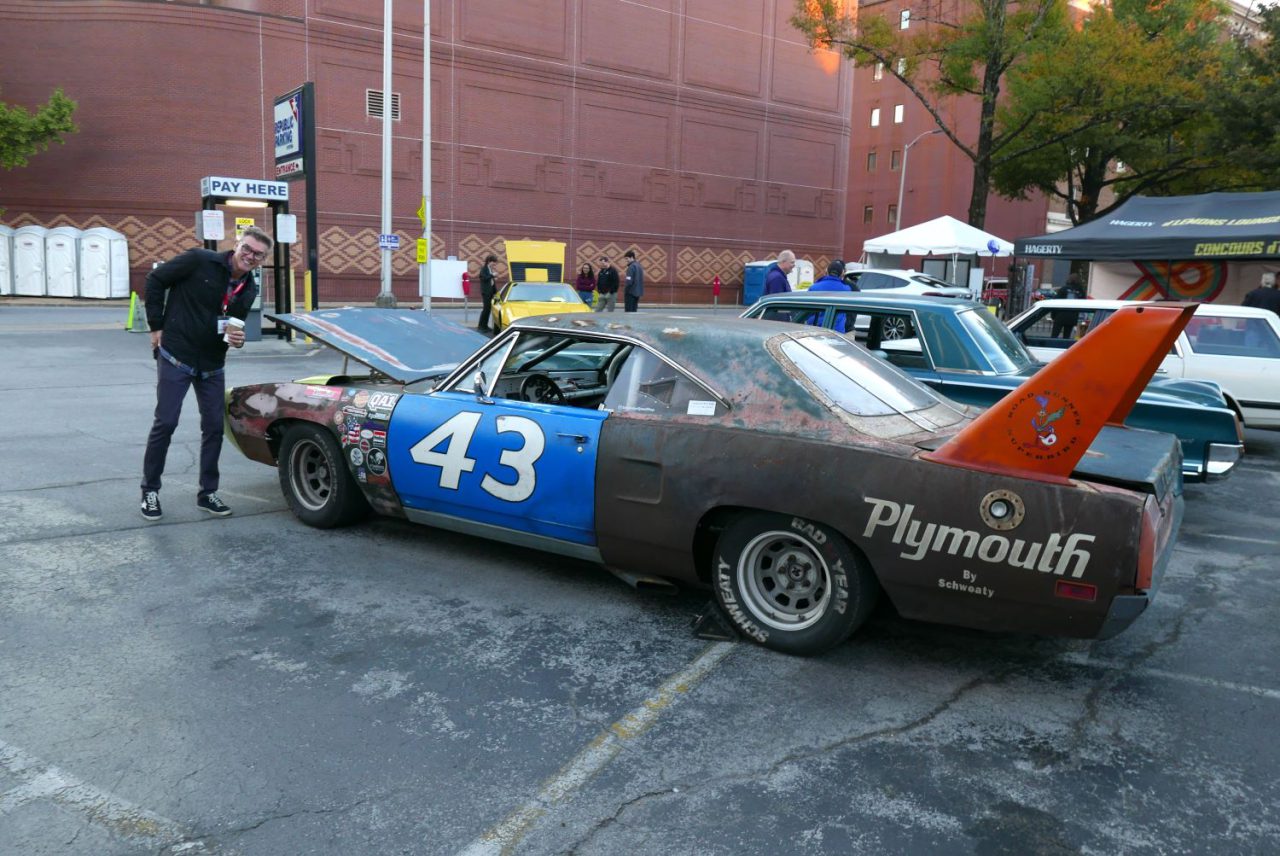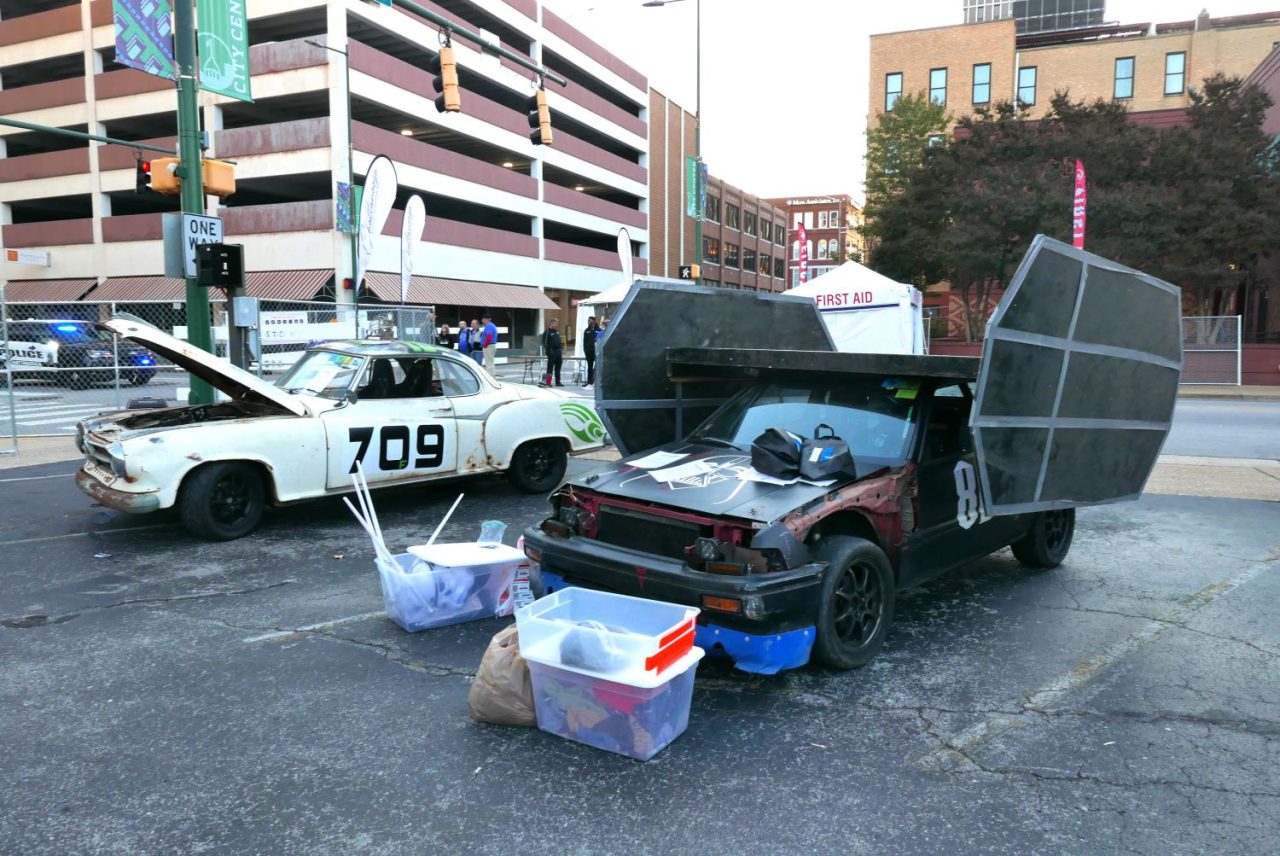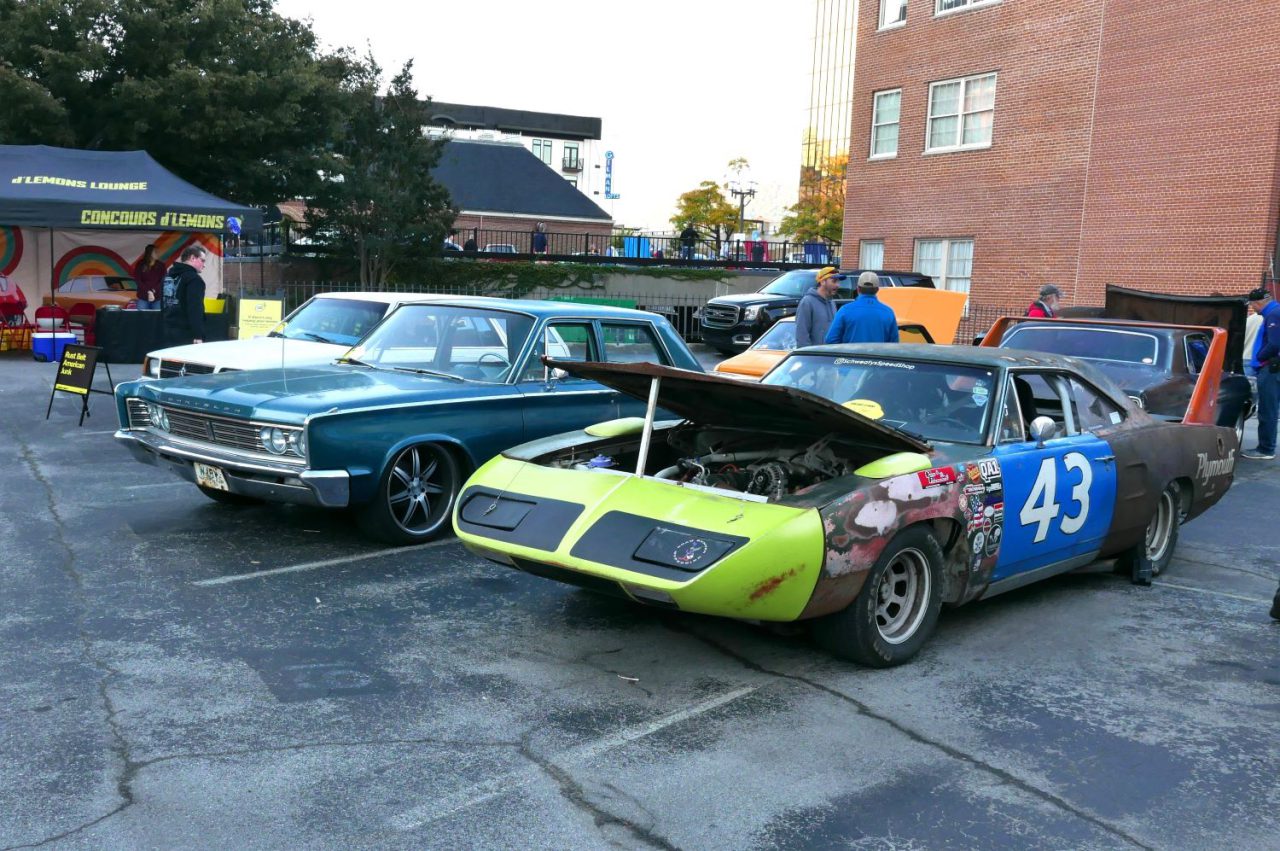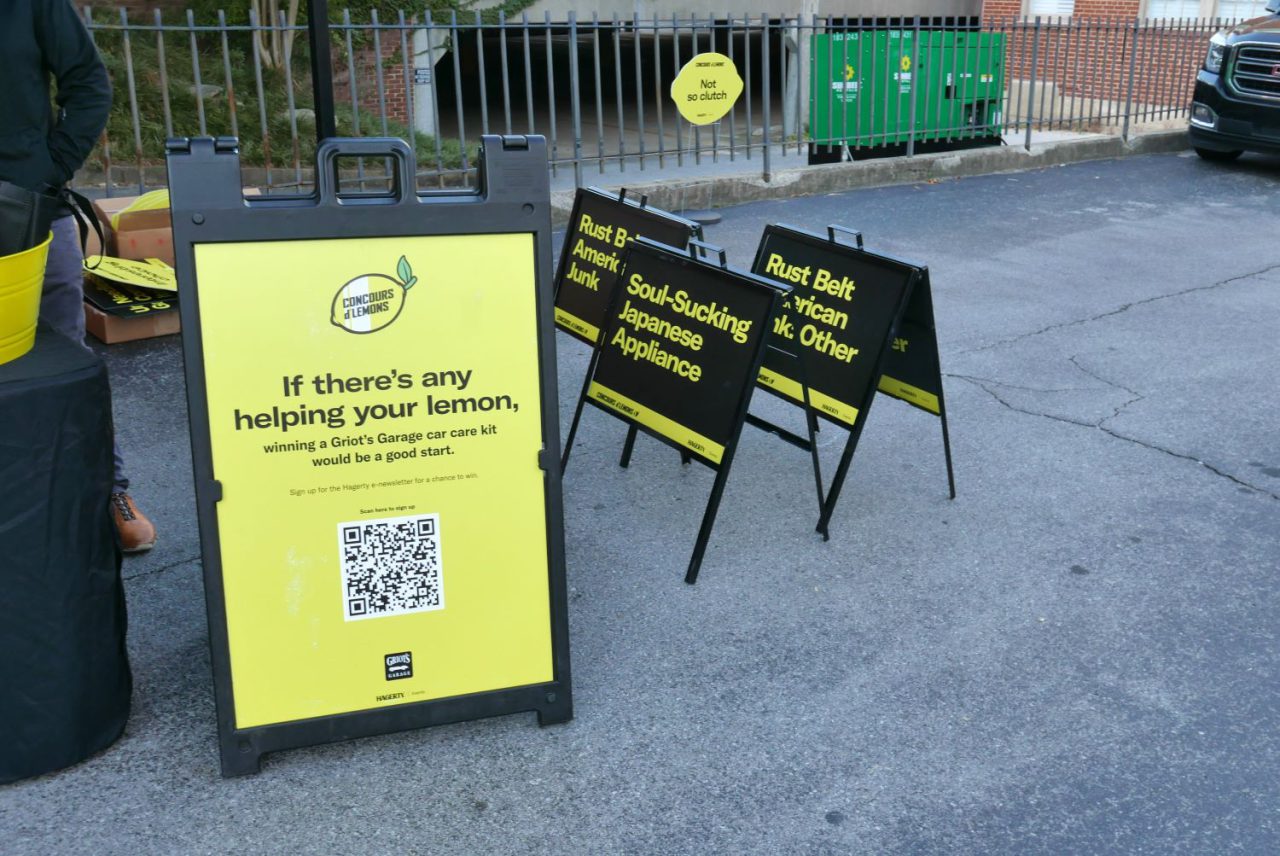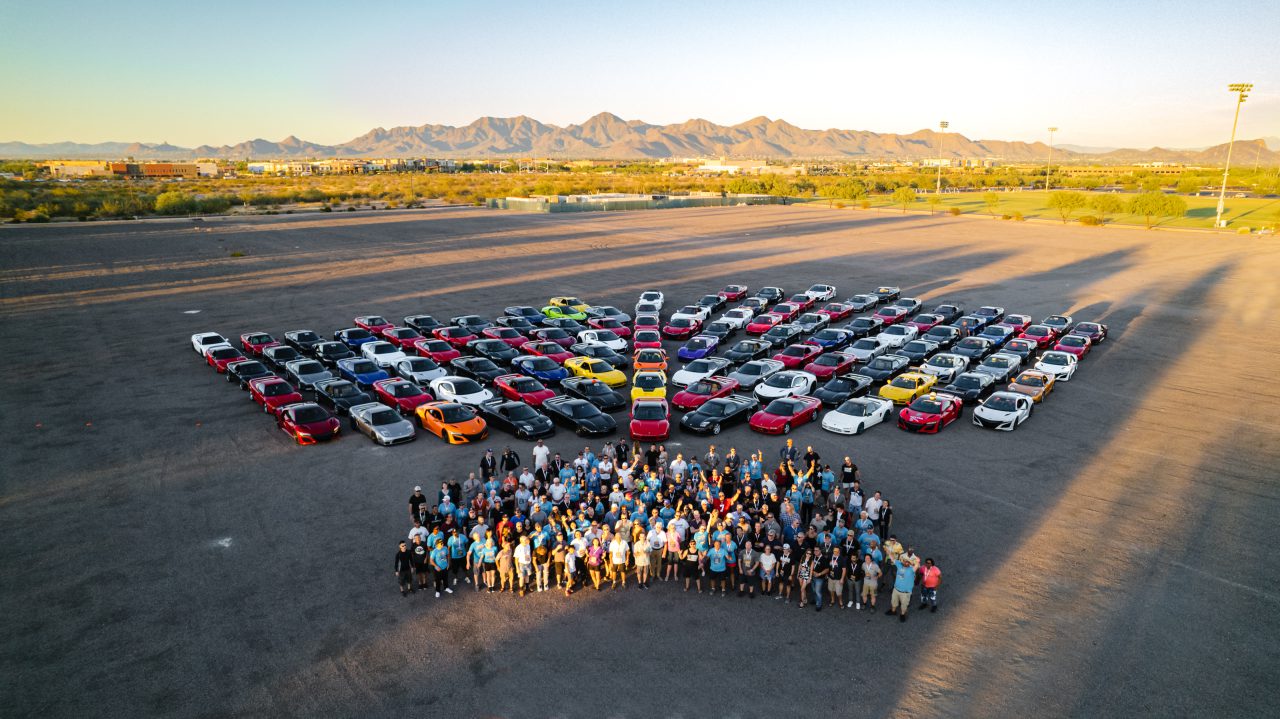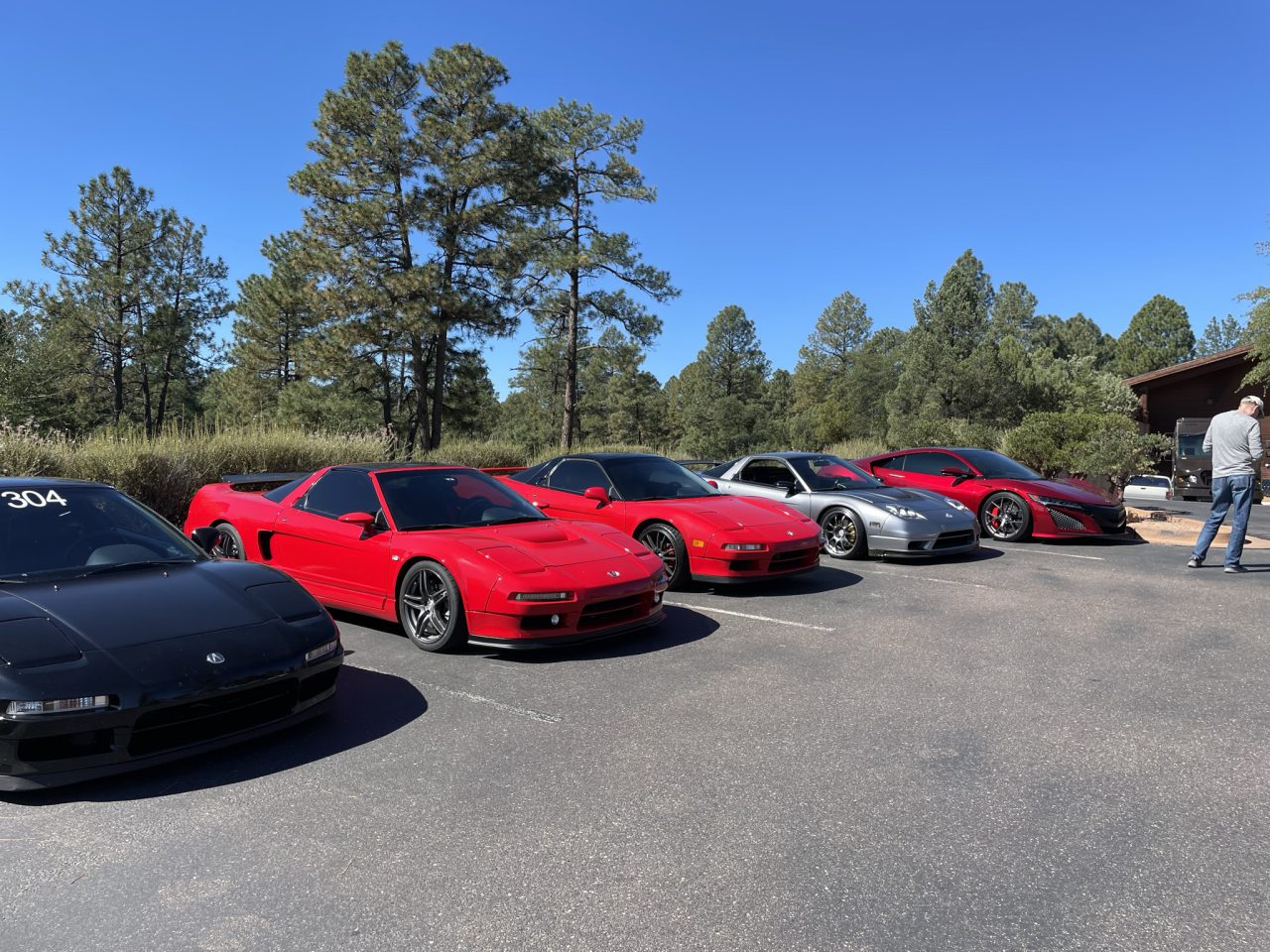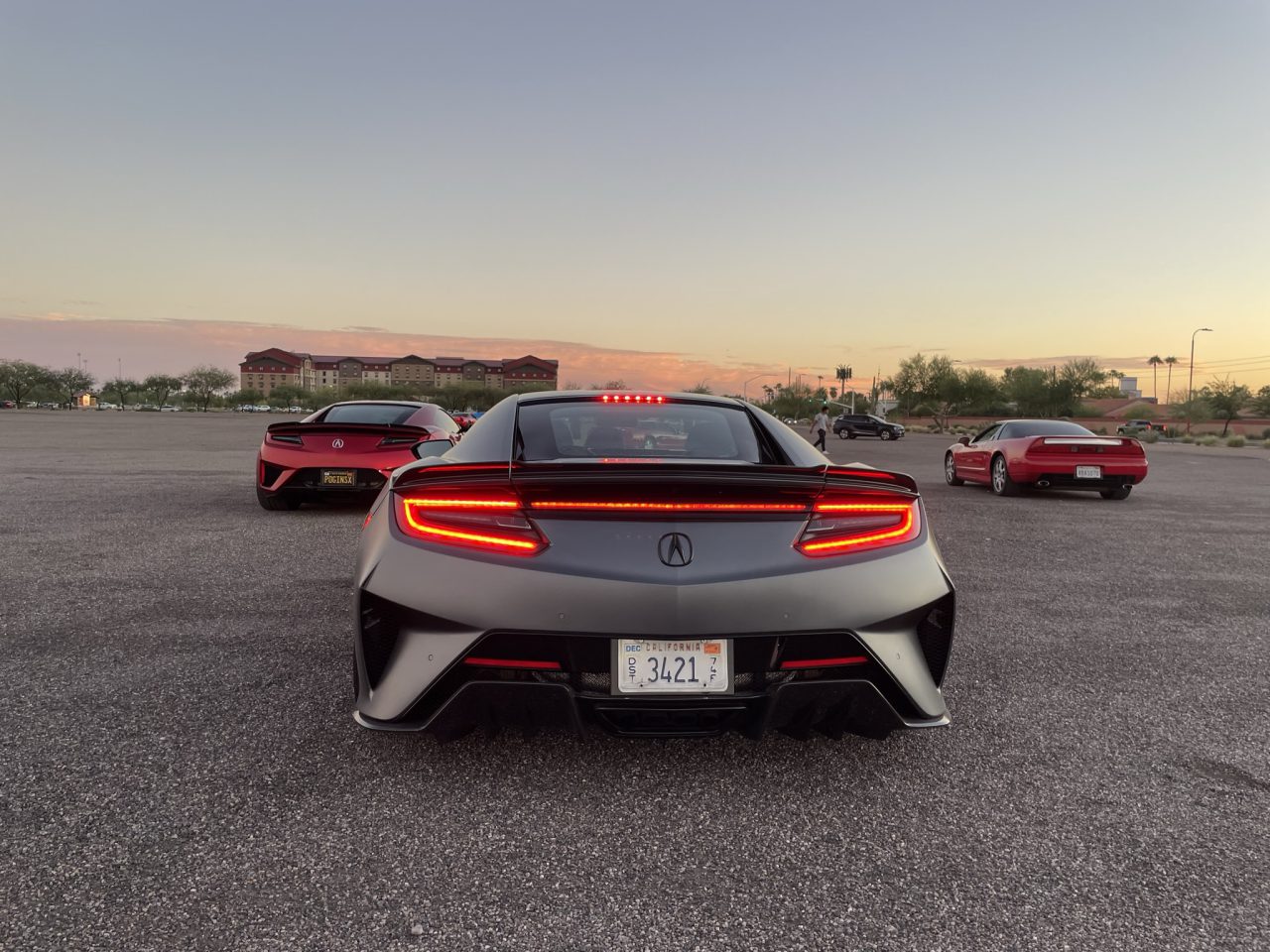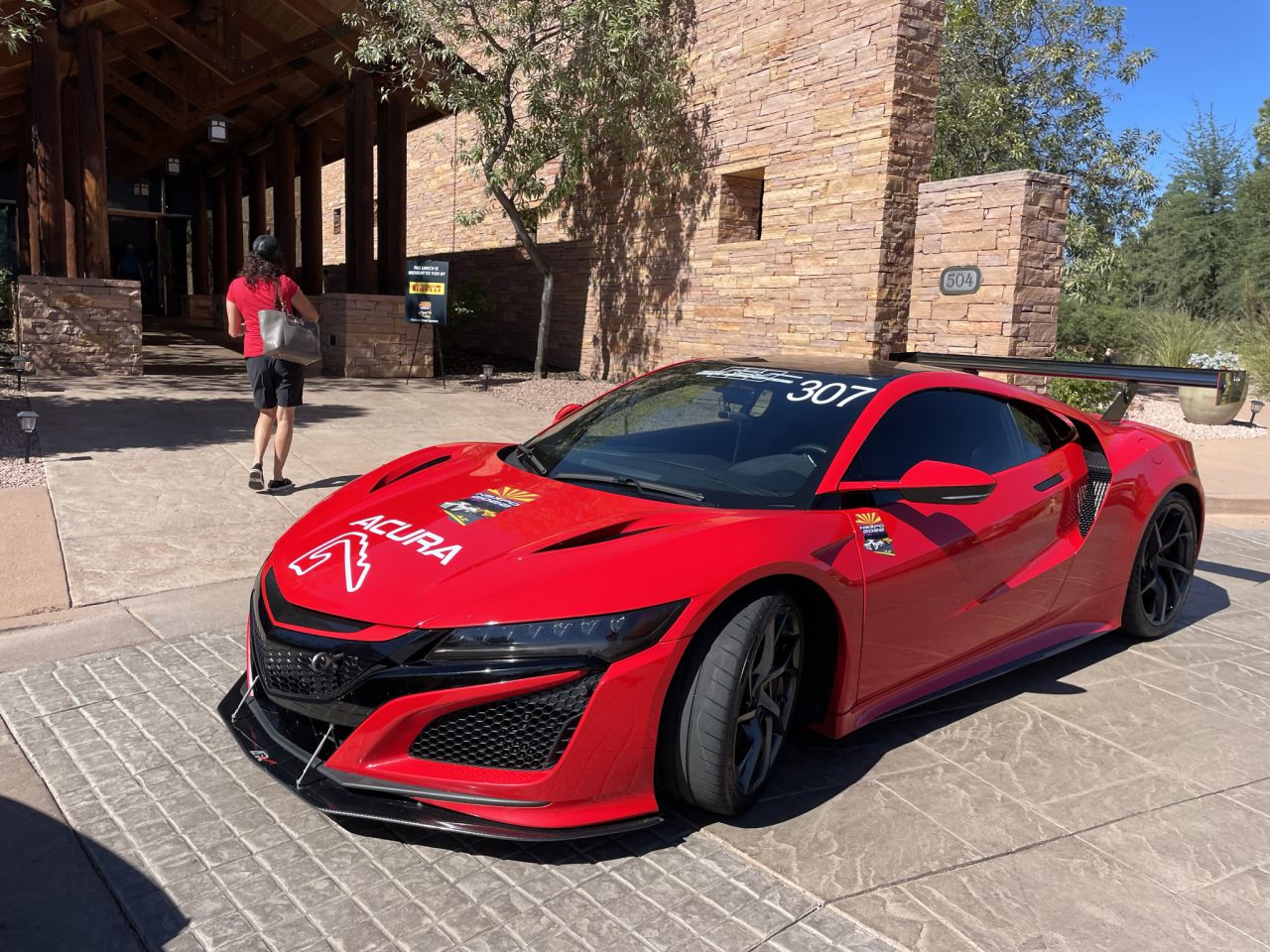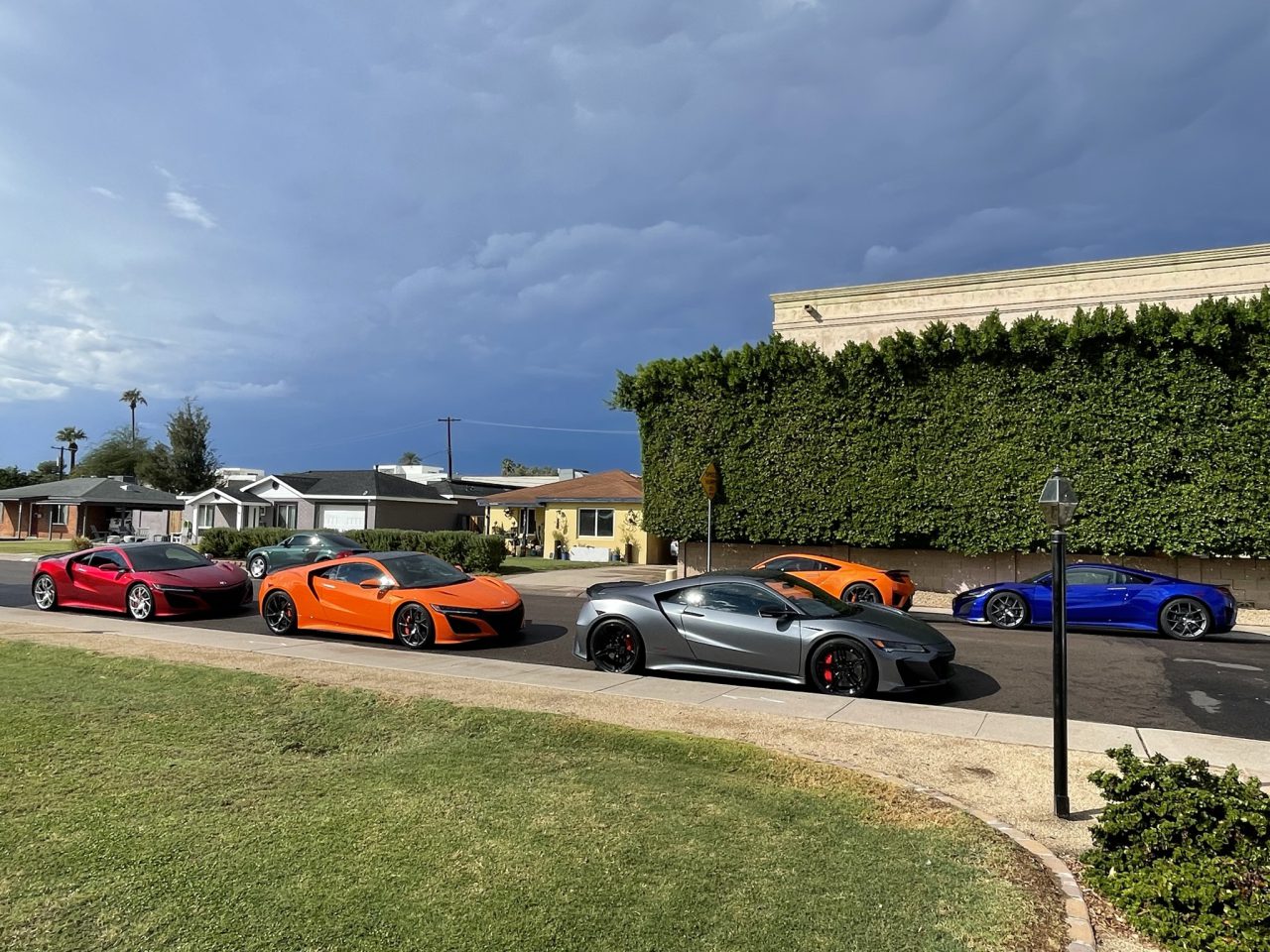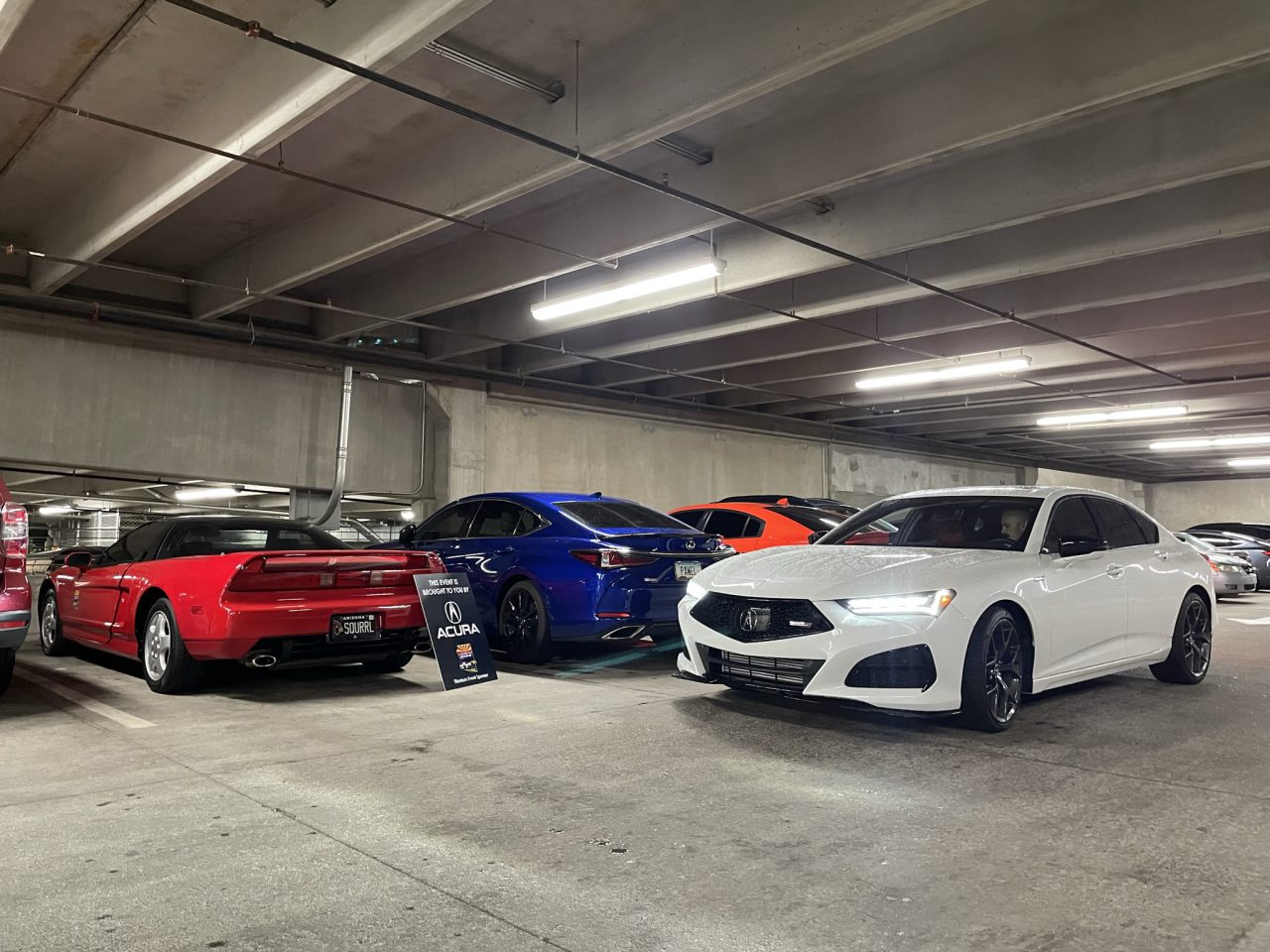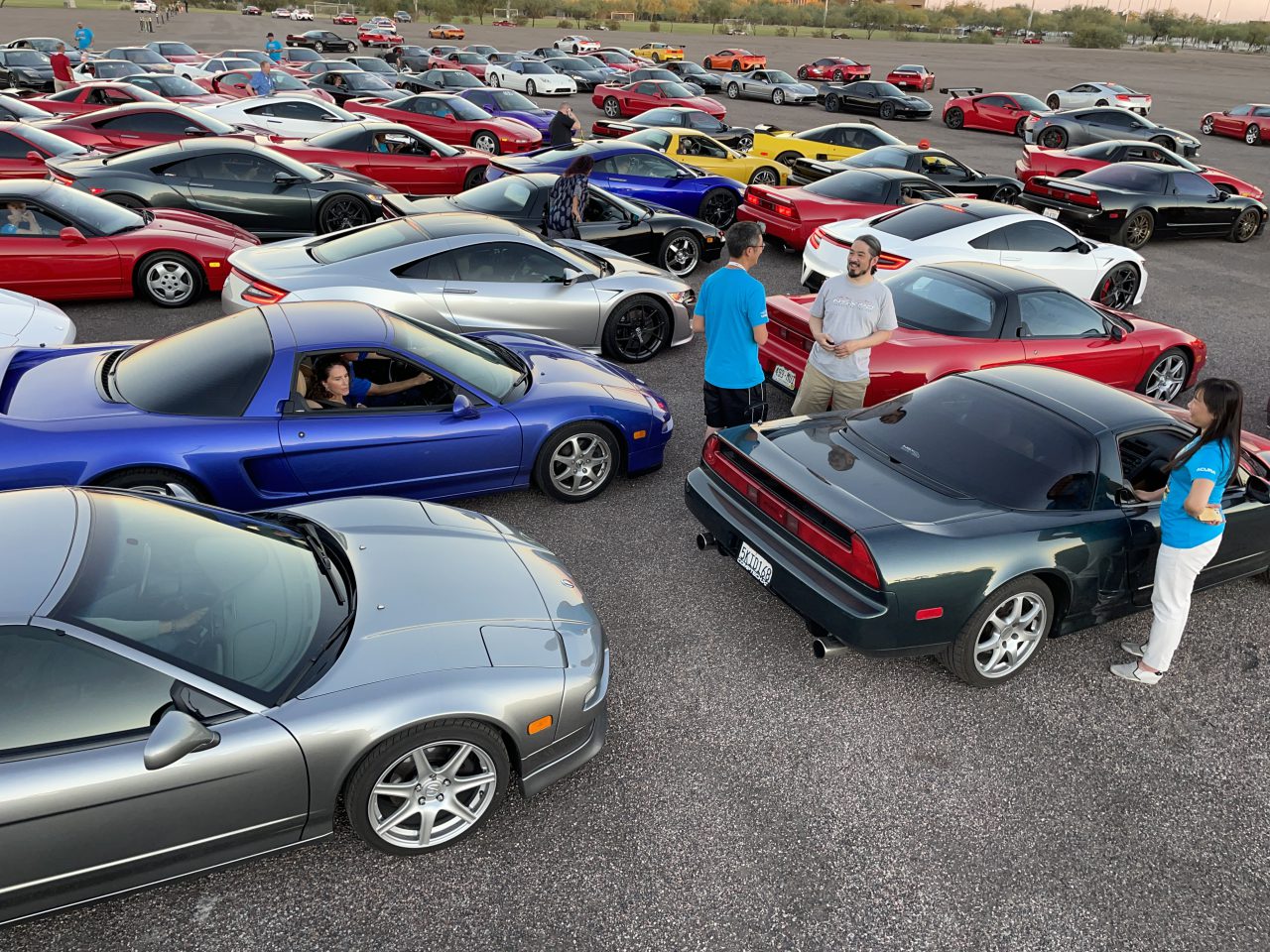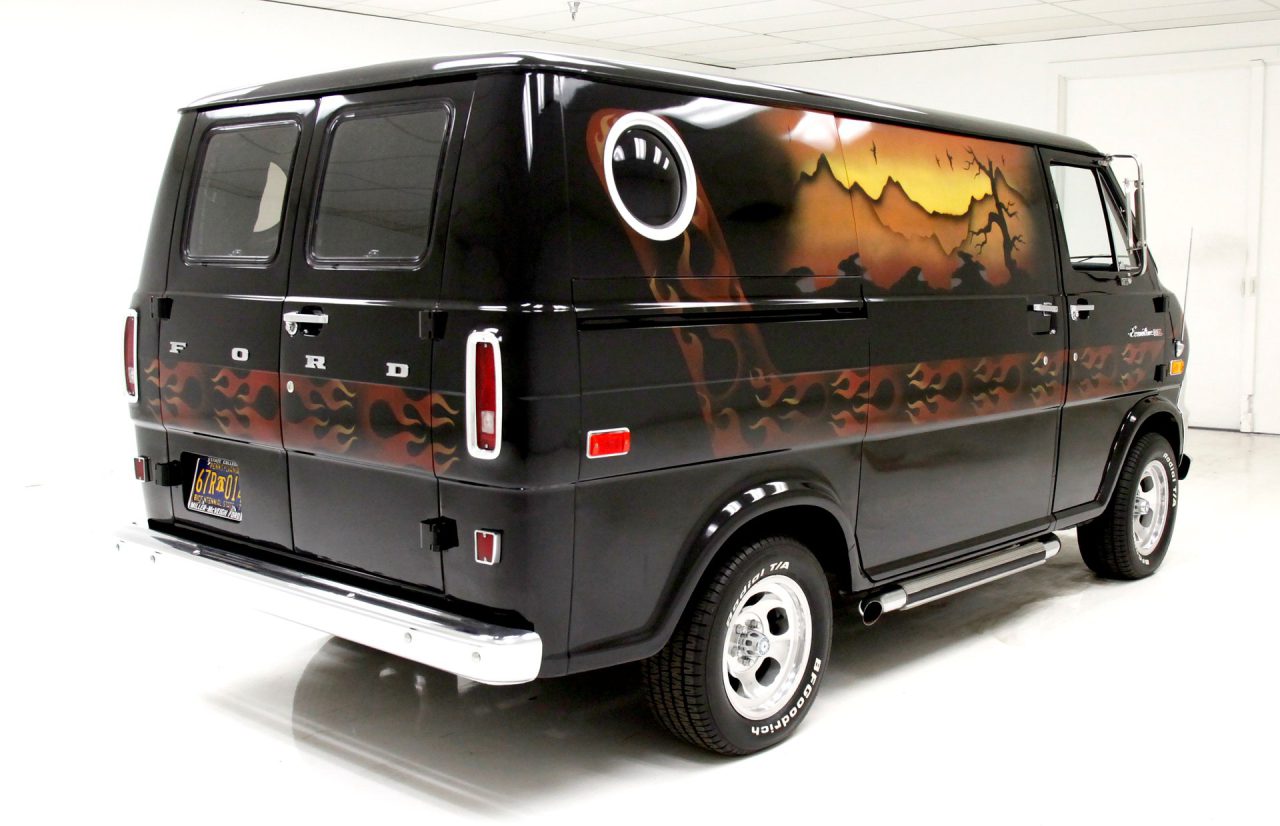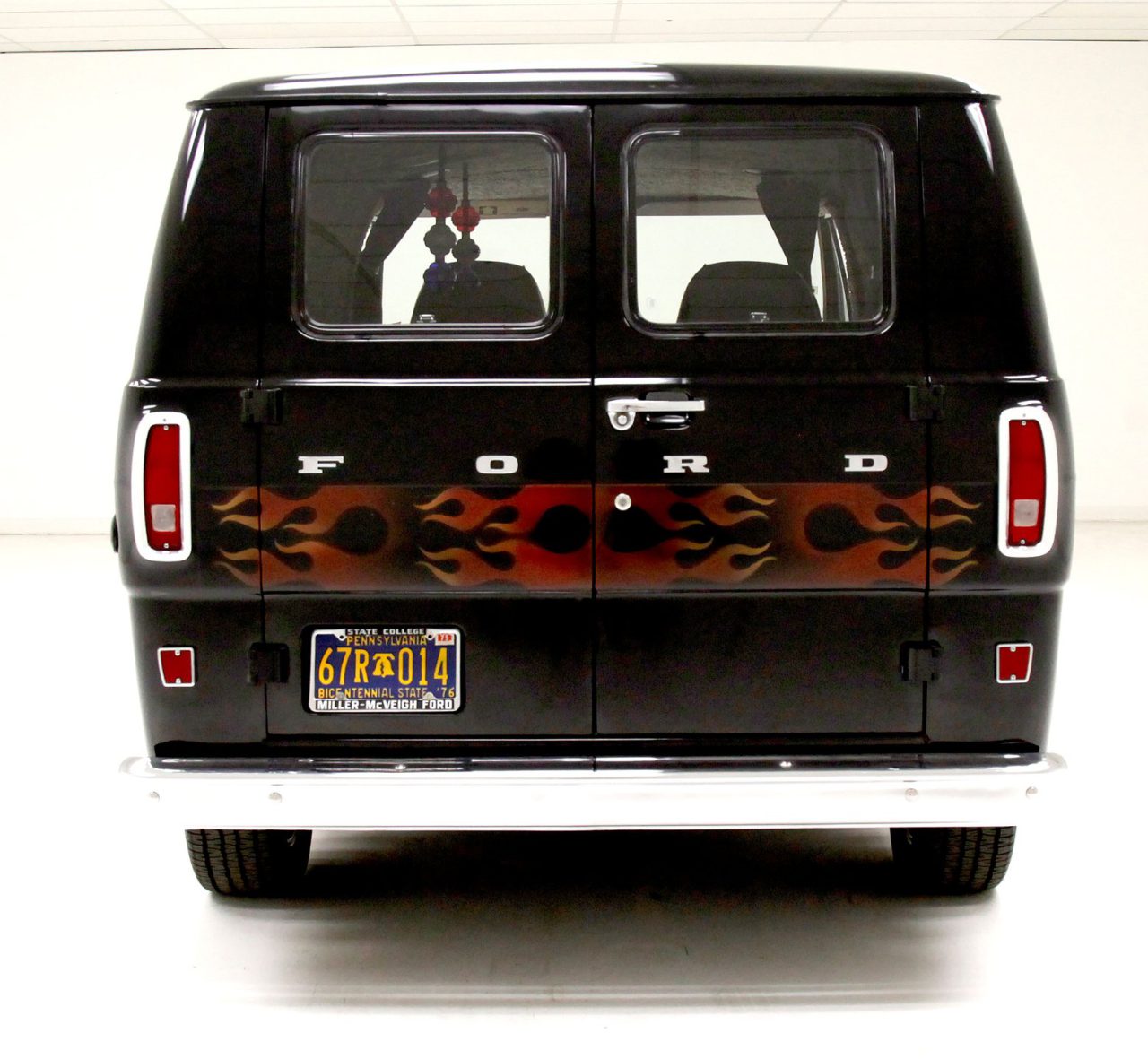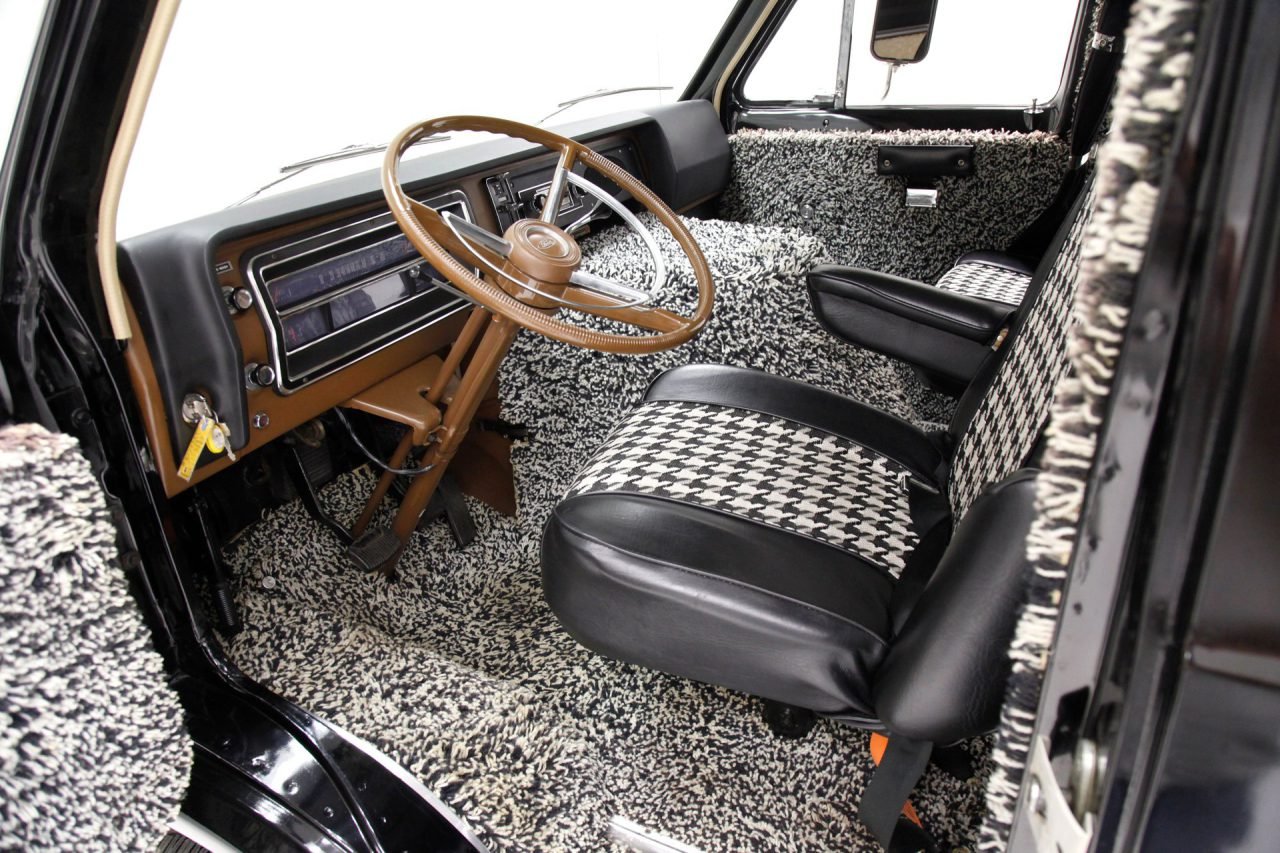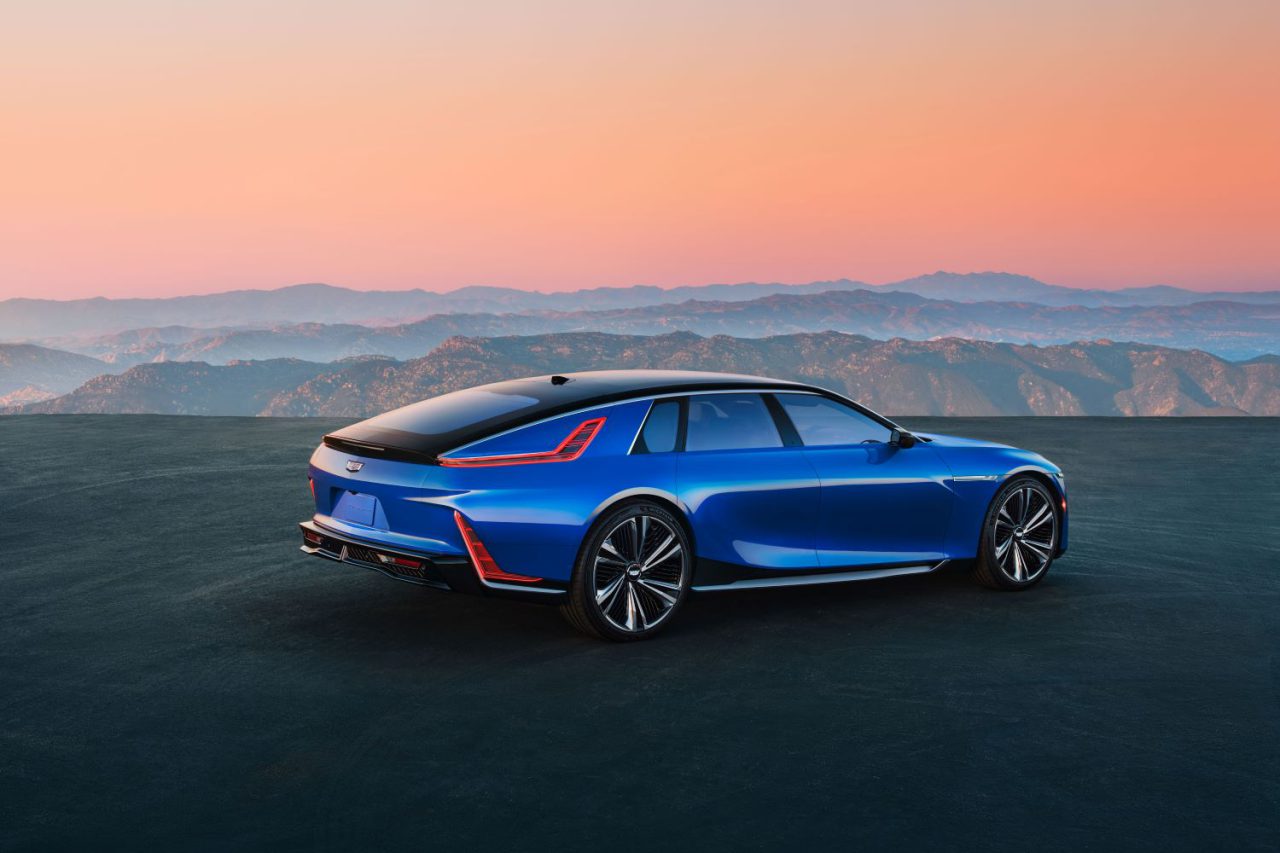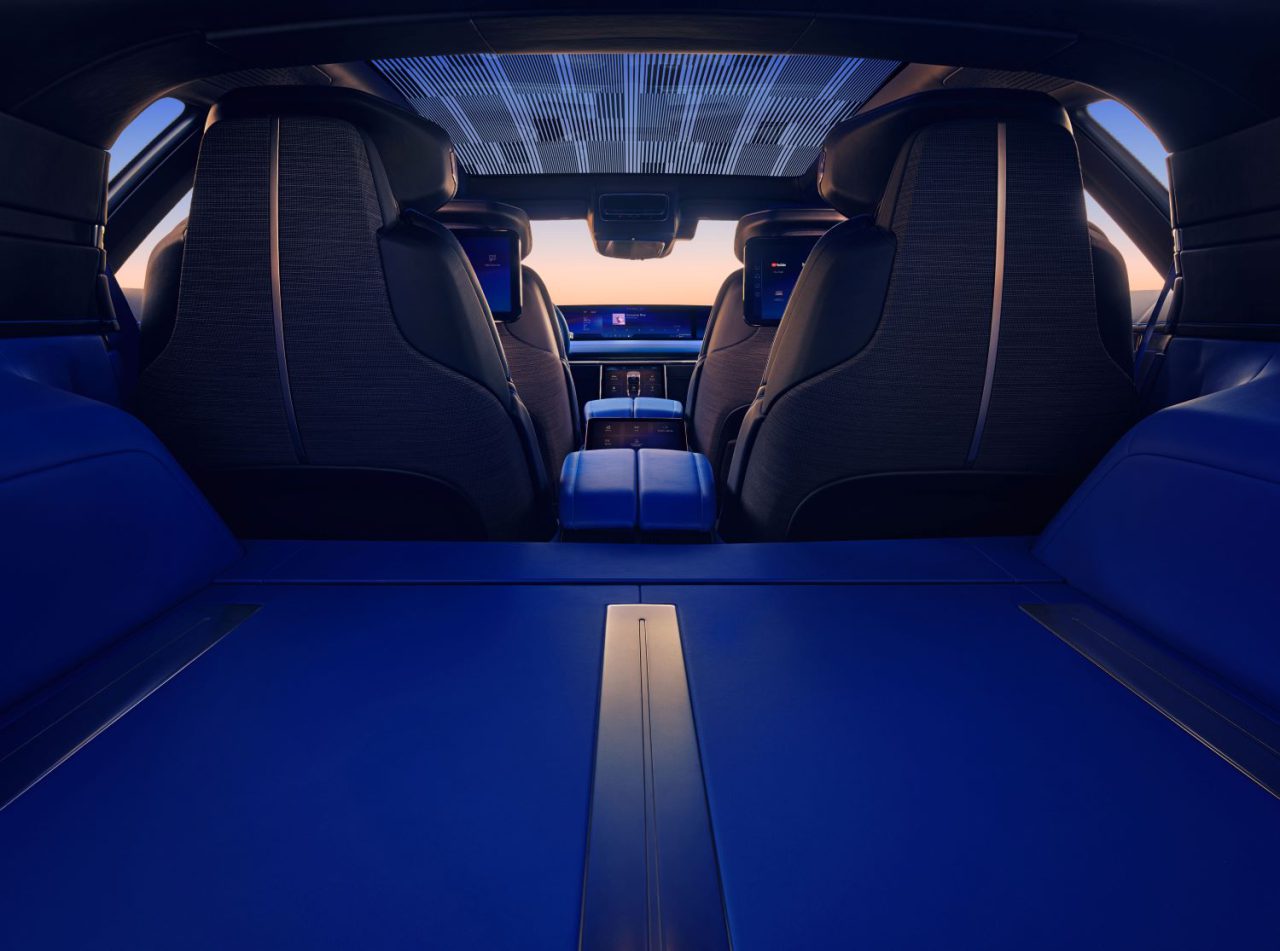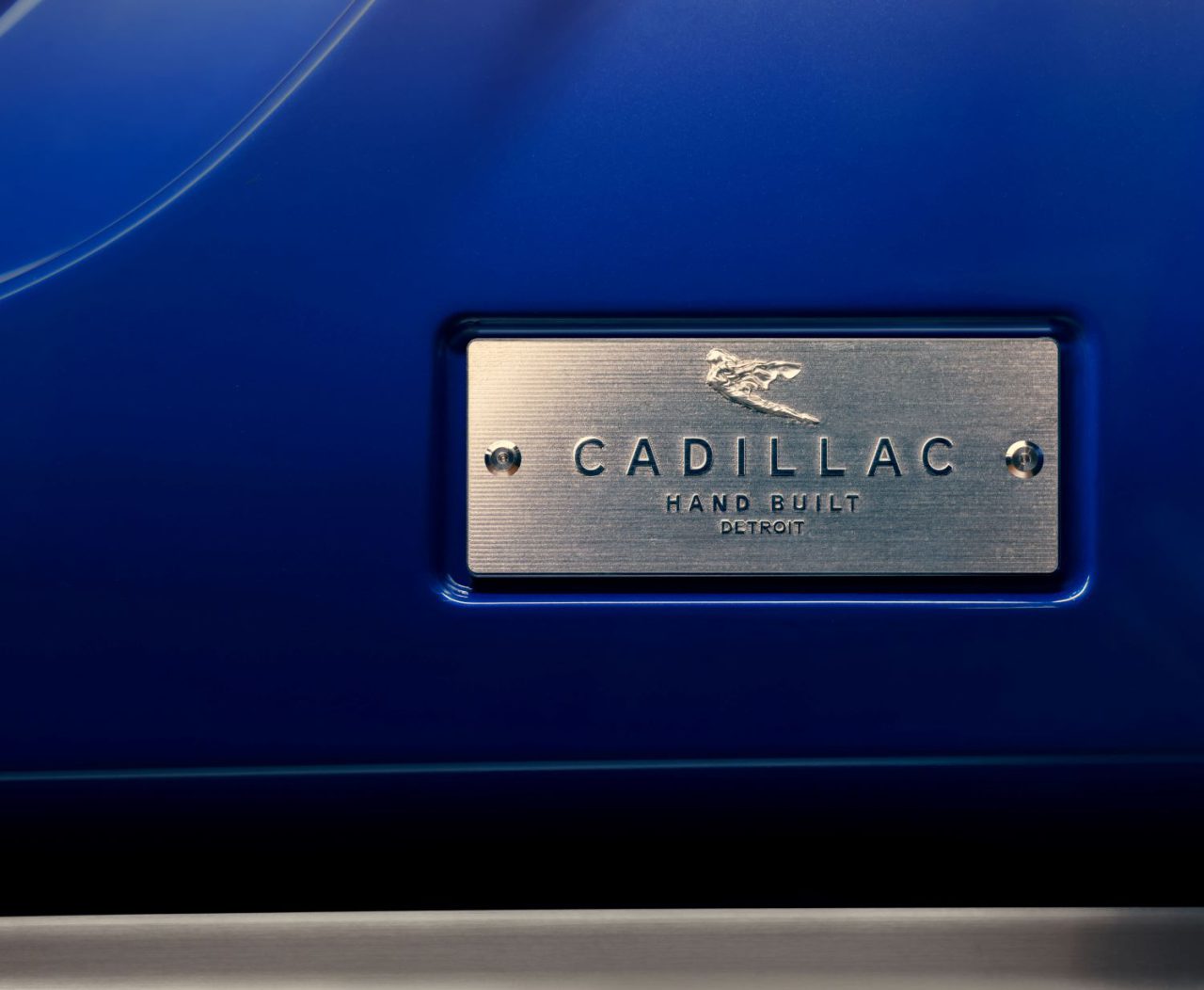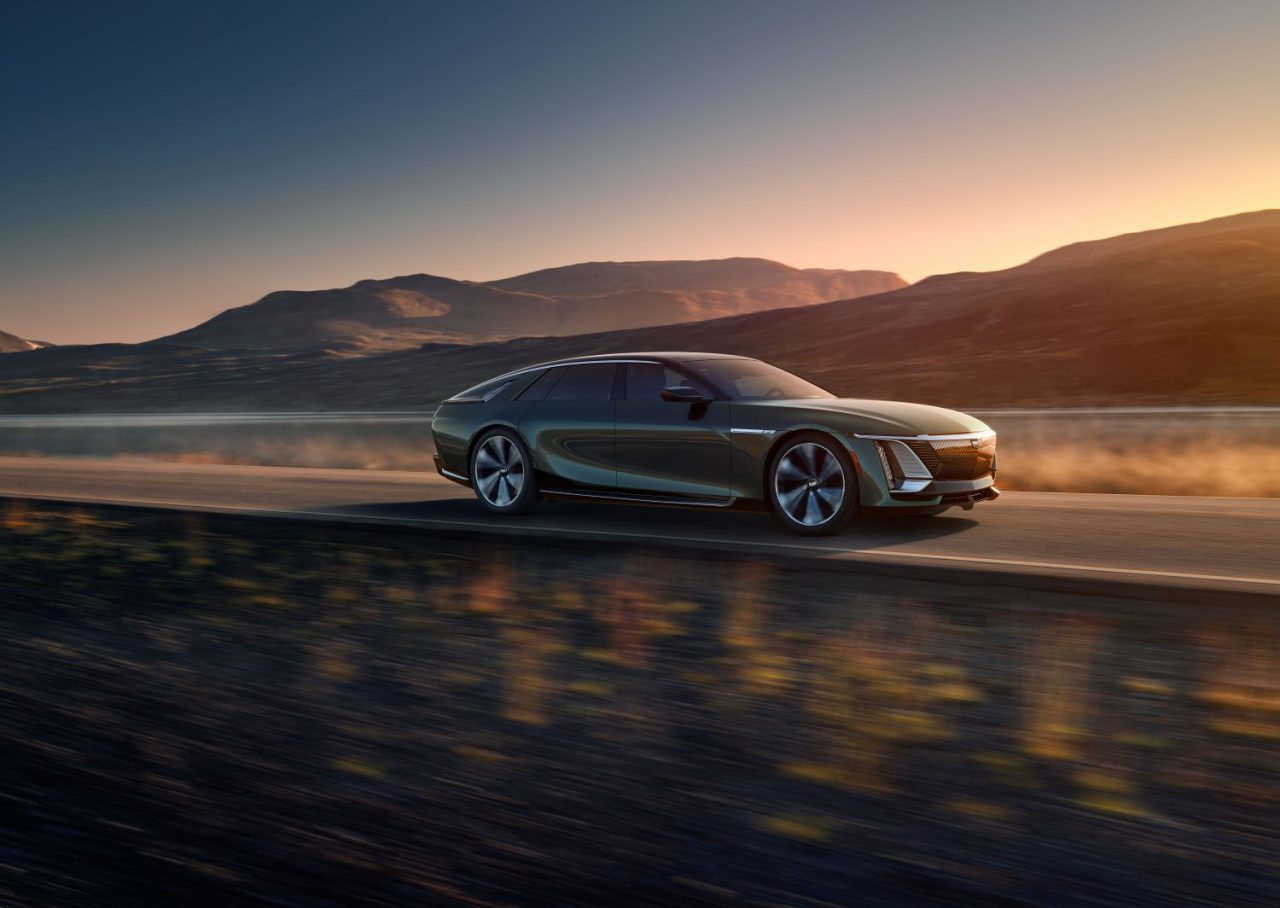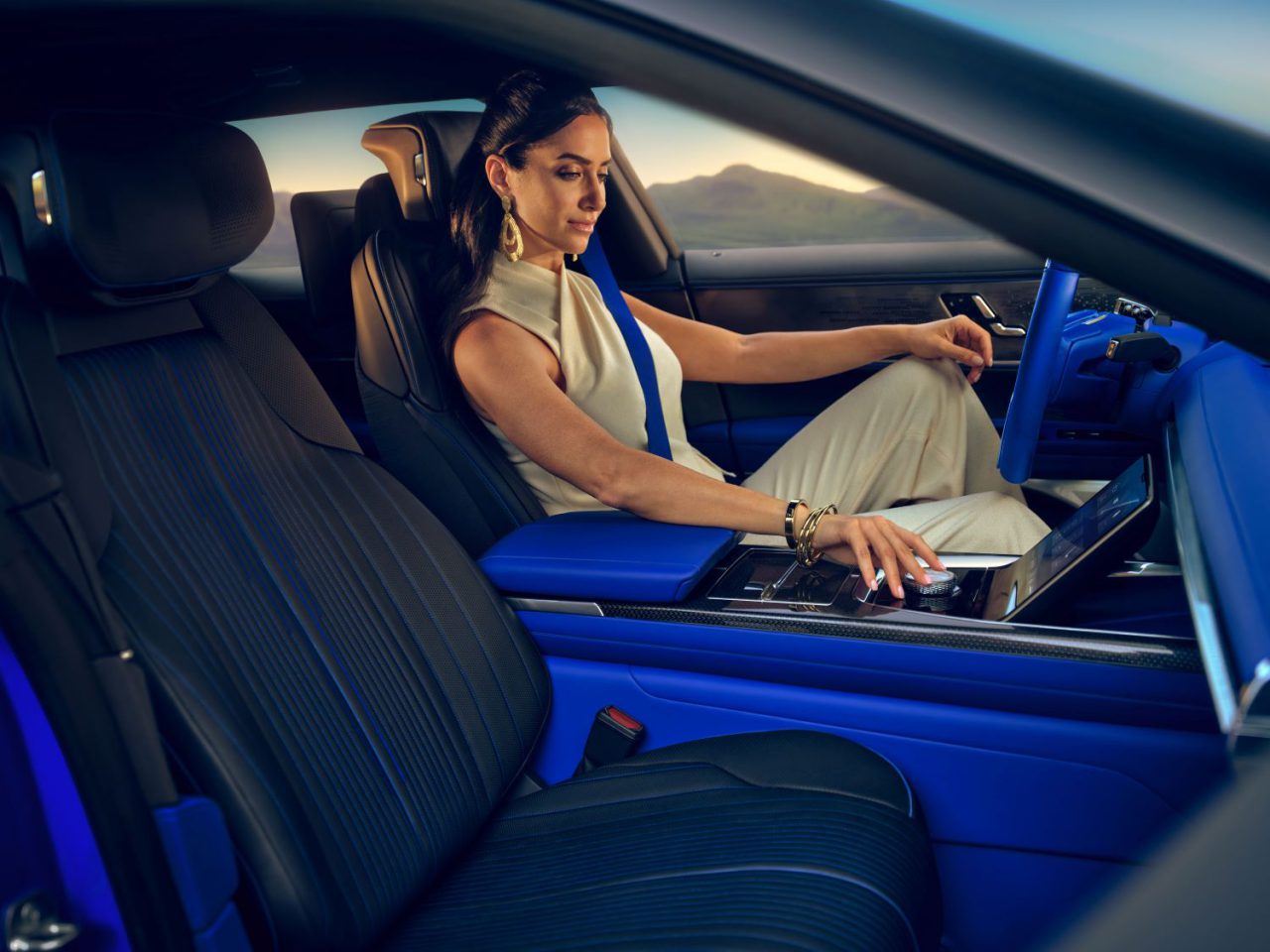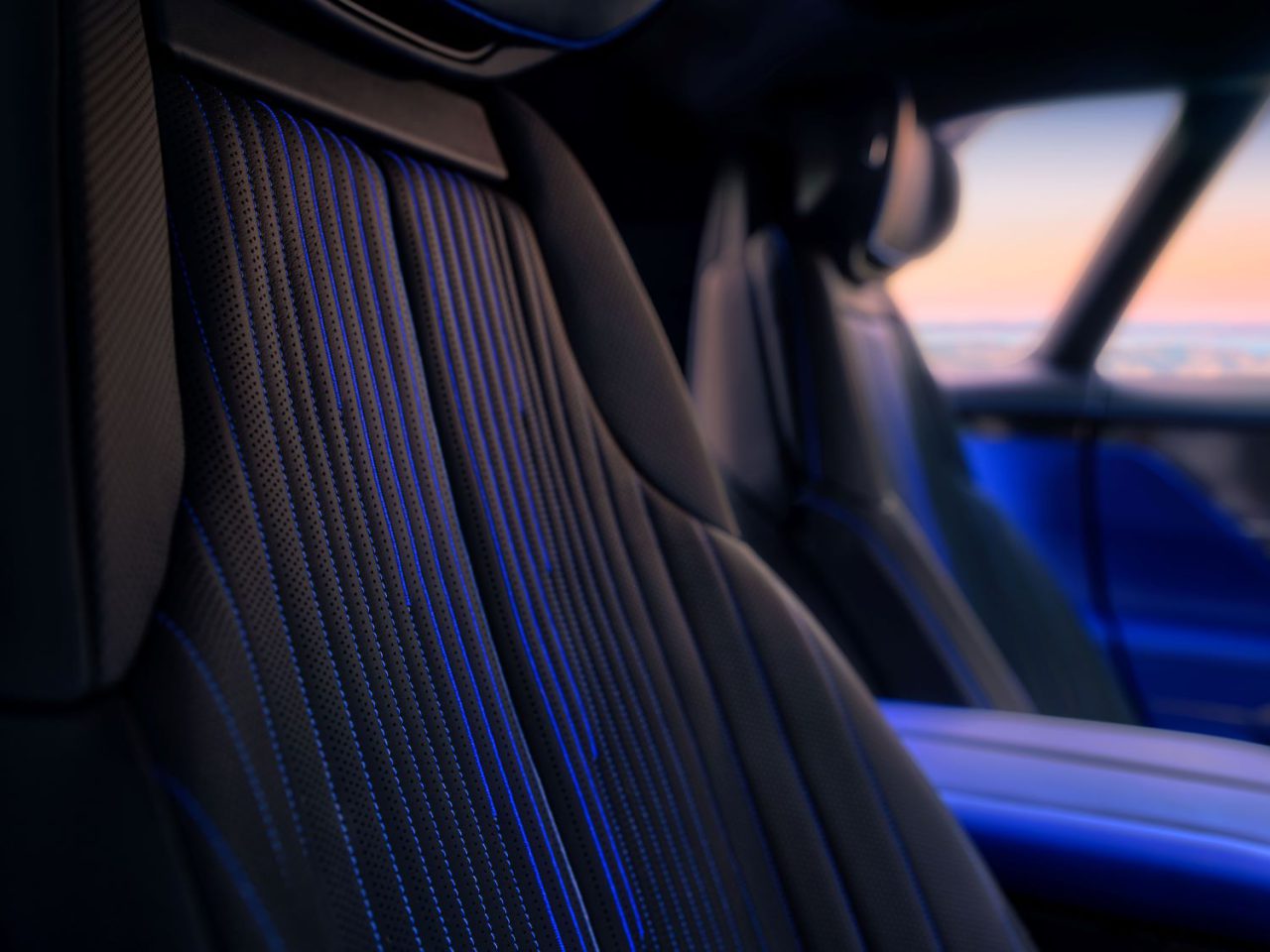While the modern-day Audi’s beginnings were relatively humble—it was a postwar Mercedes-Benz cast-off that Volkswagen purchased to gain production capacity— the automaker soon established a reputation for advanced design, cutting-edge technology, and motorsports prowess. By the late 1980s, Audi executives were no longer content to watch Mercedes-Benz and BMW enjoy all the income and prestige that their flagship S-Class and 7-series sedans brought to the German luxury car market. Audi achieved numerous firsts when it debuted its own flagship V8, establishing the respected model line now in its fifth generation.
The third-generation C-platform 100/5000 had been a sales success for Audi, ushering in the marque’s sleek aerodynamic styling and providing an executive-class home for its rally-proven quattro all-wheel-drive system. That large sedan provided the base for the V8, and the new flagship model cost Audi 50 million deutschmarks to develop before its 1988 home-market introduction. While the D1-chassis V8 looked similar to its five-cylinder sibling, they reportedly shared only door skins; the pricier model wore more emphatically flared wheel arches, a hood incorporating the grille, and full width, red-tinted tail-lamps. Inside, the new car borrowed the 100/200’s stylish new flowing dashboard with comprehensive instrumentation, albeit fitted with more burl-walnut trim. Everything was standard equipment, from heated comfort or sport front seats to the armrest-mounted cellular telephone; the sole extra-cost option was Audi’s trademark Pearl White metallic paint.
Photo courtesy of Brian Skorski
It was under the fully galvanized skin that the V8 differed most, starting with its eponymous engine. That all-aluminum V-8 used four overhead camshafts and four valves per cylinder; in early form, it displaced 3.6-liters and made 240 horsepower and 245 pound-feet of torque. The V-8 was paired with a four-speed automatic transmission with selectable economy, sport, and manual shift modes; this was a first for this automaker because, to that point, its quattro permanent all-wheel-drive system could only be backed by a manual transmission. U.S. V8 buyers could opt for a manual gearbox during the 1991 model year, when Audi imported a tiny number (believed fewer than 80!) that mated the 3.6 with a five-speed and an additional TORSEN differential at the center, working with the standard rear unit. Four-wheel, ABS-equipped disc brakes with unusual internal-caliper rotors enthusiasts dubbed “UFO” offered more surface area and fit inside the 15-inch BBS alloy wheels.
Competition in the luxury market was heating up with the Infiniti Q45 and Lexus LS400, so Audi gave its individualistic flagship more gravitas in 1992 via a 4.2-liter engine making 276 horsepower and 295 pound-feet of torque. This helped performance, but the circa-3,900-pound sedan wasn’t racy in standard form. It certainly was in competition form, though, as Audi’s V8 quattro won the German Touring Car Championship in both 1990 and 1991.
Around 21,000 V8s were built between 1988 and 1993, including a small number of long-wheelbase sedans, and fewer than 4,000 were sold in the U.S. While this model didn’t make big inroads with American luxury car buyers, it showed Audi was a serious player, forced the competition to offer all-wheel drive, and Ingolstadt’s next stab—the aluminum space frame A8— cemented its legend.
Photo courtesy of Brian Skorski
SPECIFICATIONS
Engine: DOHC V-8, 3,562 / 4,172-cc (217.4 / 254.6-cu.in.)
Horsepower: 240-276 at 5,800 rpm
Torque: 245-295 at 4,000 rpm
Transmission: Four-speed automatic or five-speed manual
Suspension: MacPherson strut and coil spring front; double-wishbone and coil spring rear
Brakes: Four-wheel discs
Wheelbase: 106.1 inches
Curb weight: 3,770 – 3,991 pounds
Top speed: 146 / 155 mph
Cost: new (1990) $47,450 2022 equivalent $107,560
Photo courtesy of Audi AG


